Image of 1970 Dodge Charger, Note: These illustrations use artistic license and may differ from actual historical models.
Performance Metrics
Fundamental Metrics
Emotional Appeal
MMP Rating
| Engine Specifications | |
|---|---|
| Engine Options: | 426 Hemi V8, 440 Magnum V8, 383 Magnum V8 |
| Displacement Range: | 383 - 440 cubic inches |
| Horsepower Range: | 335 - 425 hp |
| Torque: | 425 - 490 lb-ft |
| Compression Ratio: | 10.25:1 (for 426 Hemi), 10.1:1 (for 440 Magnum), 9.5:1 (for 383 Magnum) |
| Ignition System: | Electronic Ignition System |
| Cooling System: | Liquid-cooled |
| Performance Specifications | |
| 0-60 Time: | 5.4 - 6.5 seconds |
| 1/4 Mile Time: | 13.5 - 14.5 seconds |
| Top Speed: | 130 - 140 mph |
| Transmission and Drive | |
| Drive Type: | Rear-wheel drive |
| Transmission Type: | 3-speed automatic, 4-speed manual |
| Fuel and Efficiency | |
| Fuel System Type: | Carburetor |
| MPG: | 10 - 12 mpg |
| Dimensions and Brakes | |
| Brakes: | Front disc brakes, rear drum brakes |
| Wheelbase: | 117 inches |
| Weight: | 3,650 - 3,850 lbs |
Note: Specifications for classic cars are given to the best of our ability, considering the limited and variant data available.
Unleashing the Power of the 1970 Dodge Charger
The 1970 Dodge Charger stands as a towering testament to American muscle, an icon that roared onto the scene with a formidable presence. Crafted by the legendary Dodge division of Chrysler, this classic muscle car emerged from an era of raw power and unbridled performance. It was a time when automakers were locked in a fierce battle for supremacy on the streets and the race track. The Charger, with its aggressive styling and robust performance, quickly became a symbol of this high-octane competition. One unique fact that car enthusiasts revel in is that the 1970 Charger featured in the cult classic film "The Fast and the Furious," further cementing its place in popular culture.
Design and Innovation
The 1970 Dodge Charger's exterior styling was nothing short of breathtaking. With its long hood, pronounced coke-bottle curves, and undeniably bold front grille, it captured the essence of speed even while standing still. Inside, occupants were greeted with a cabin that married function with comfort; high-quality materials and solid craftsmanship were evident throughout. Technologically, it boasted features like optional high-back bucket seats and an electric clock. The color palette ranged from subtle to vibrant, with hues like Plum Crazy Purple and Sublime Green often stealing the show. Among body styles, the R/T (Road/Track) version, with its distinctive bumblebee stripes and high-performance package, was particularly revered.
Historical Significance
The 1970 Charger didn't just turn heads—it left an indelible mark on automotive design. Its combination of style, power, and affordability set it apart from competitors and helped to define what a muscle car could be. The Charger's influence can still be seen in modern performance vehicles that seek to capture its spirit of rebellion and freedom.
Performance and Handling
Underneath the hood lay the heart of this beast: engines ranging from a 318 cubic inch V8 to the legendary 426 Hemi V8. The latter could propel the Charger from 0-60 mph in just over 5 seconds—a staggering feat for its time. On winding roads or uneven surfaces, drivers praised the Charger for its surprising agility given its size. The symphony of its engine's roar coupled with the tactile feedback through the steering wheel made for an exhilarating driving experience.
Ownership Experience
The 1970 Dodge Charger was as versatile as it was striking; it served as a daily driver for some, while others showcased its beauty at car shows or pushed its limits on racetracks. Maintenance was straightforward for those familiar with muscle cars, though some components could be challenging to source due to their rarity. Overall reliability was typical for vehicles of that era.
Fun Facts
A few Chargers were outfitted with a sunroof—a rarity at the time—making those models exceptionally rare today. Celebrity ownerships include Bruce Willis and Jay Leno, adding to their allure. While not known for setting speed records, it dominated in sales and has become a coveted piece among collectors.
Collector's Information
The current value range for a well-maintained 1970 Dodge Charger can vary widely depending on condition, originality, and specific model variant; prices can range from $30,000 for a base model in good condition to well over $150,000 for pristine R/T versions or those equipped with a Hemi engine. It is estimated that tens of thousands of Chargers were produced in 1970; however, numbers have dwindled due to attrition over time. As such, they are appreciating assets in the collector car market.
Conclusion
The 1970 Dodge Charger is more than just a vehicle; it is a piece of American history—a mechanical embodiment of freedom and power that continues to captivate enthusiasts around the world. Its legacy is not just preserved in collections or museums but lives on through every rumble of its engine heard on today's roads.
1970 Dodge Charger Catalog of Parts
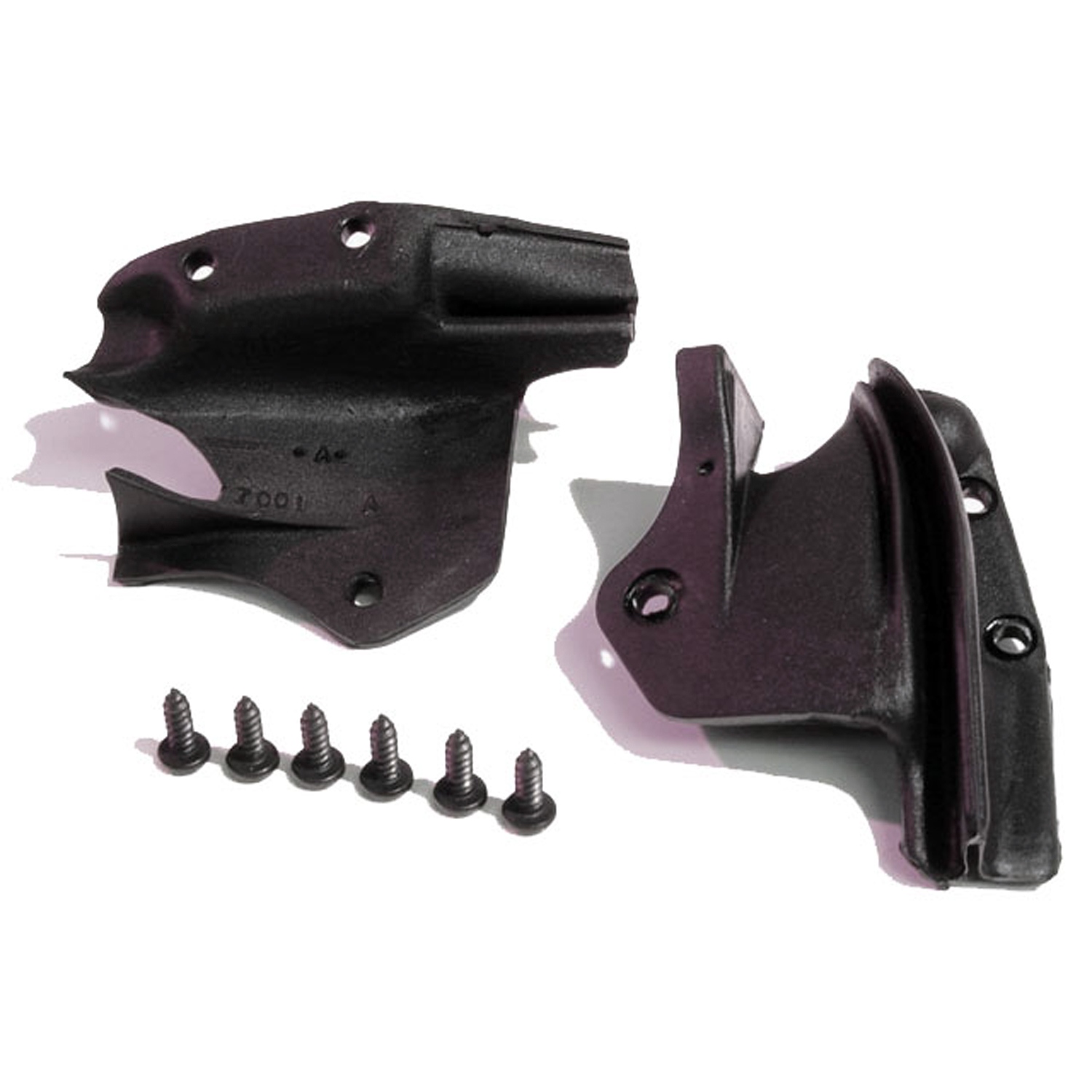 1970 Dodge Charger Molded Door End Seal. Made with steel cores. Pair R&L-ALP 7001Molded Door End Seal. Made with steel cores. Pair R&L
1970 Dodge Charger Molded Door End Seal. Made with steel cores. Pair R&L-ALP 7001Molded Door End Seal. Made with steel cores. Pair R&L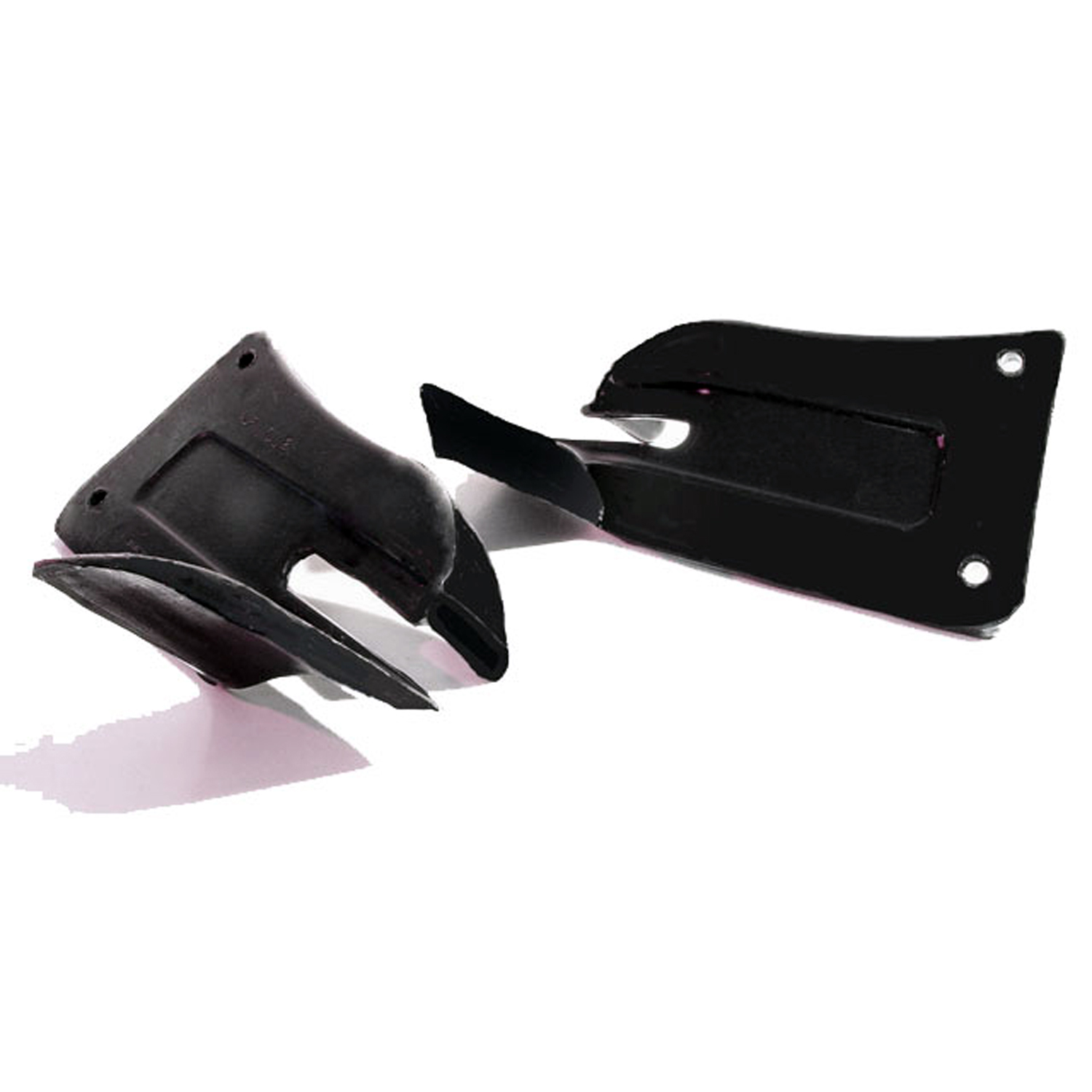 1970 Dodge Charger Molded Door Lock Pillar Seal. Made with steel core-ALP 7002Molded Door Lock Pillar Seal. Made with steel core. Pair R&L
1970 Dodge Charger Molded Door Lock Pillar Seal. Made with steel core-ALP 7002Molded Door Lock Pillar Seal. Made with steel core. Pair R&L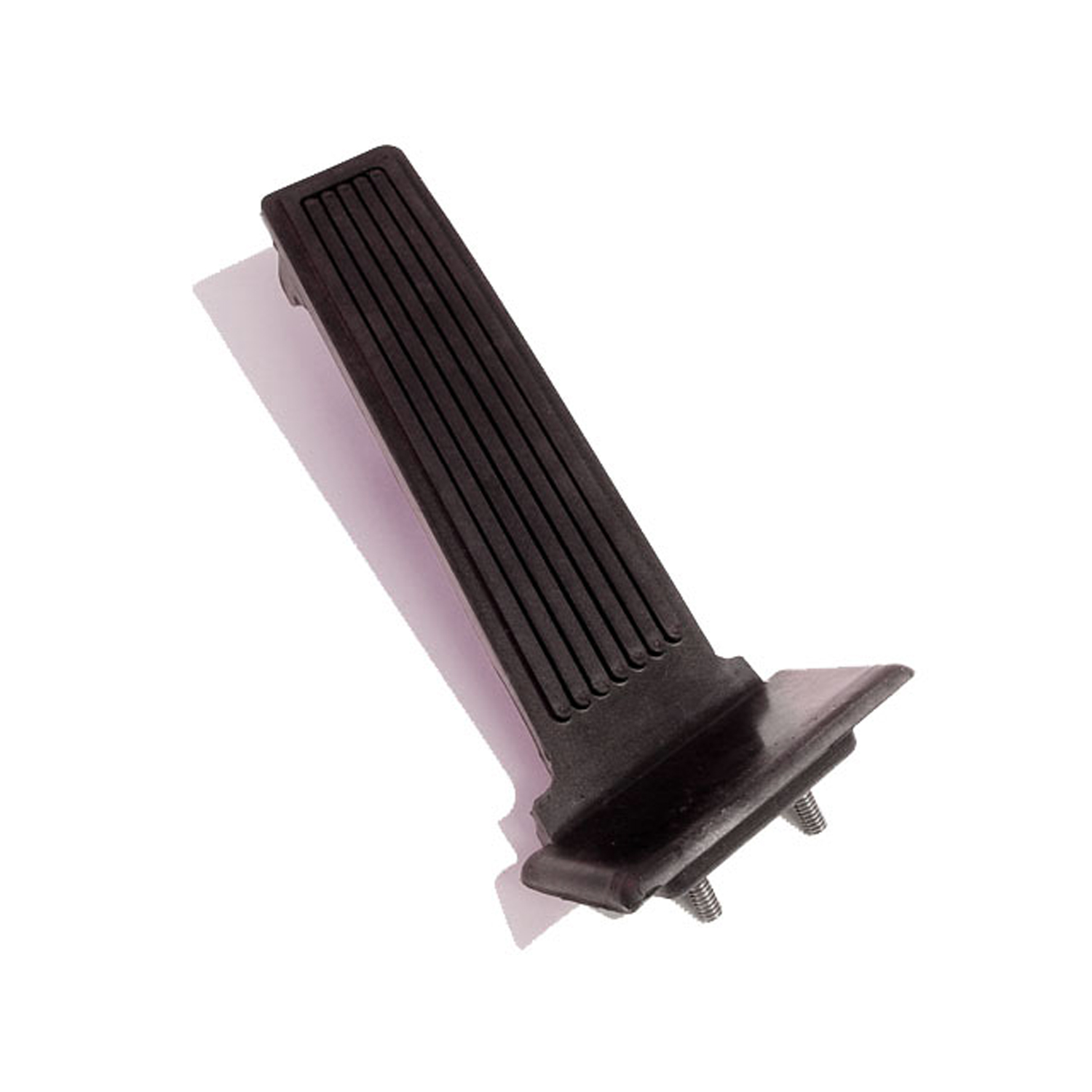 1970 Dodge Charger Accelerator Pedal Pad. Made with steel cores and studs-AP 25-CAccelerator Pedal Pad. Made with steel cores and studs. Detailed reproduction. 2-1/4" X 9-1/4". Each
1970 Dodge Charger Accelerator Pedal Pad. Made with steel cores and studs-AP 25-CAccelerator Pedal Pad. Made with steel cores and studs. Detailed reproduction. 2-1/4" X 9-1/4". Each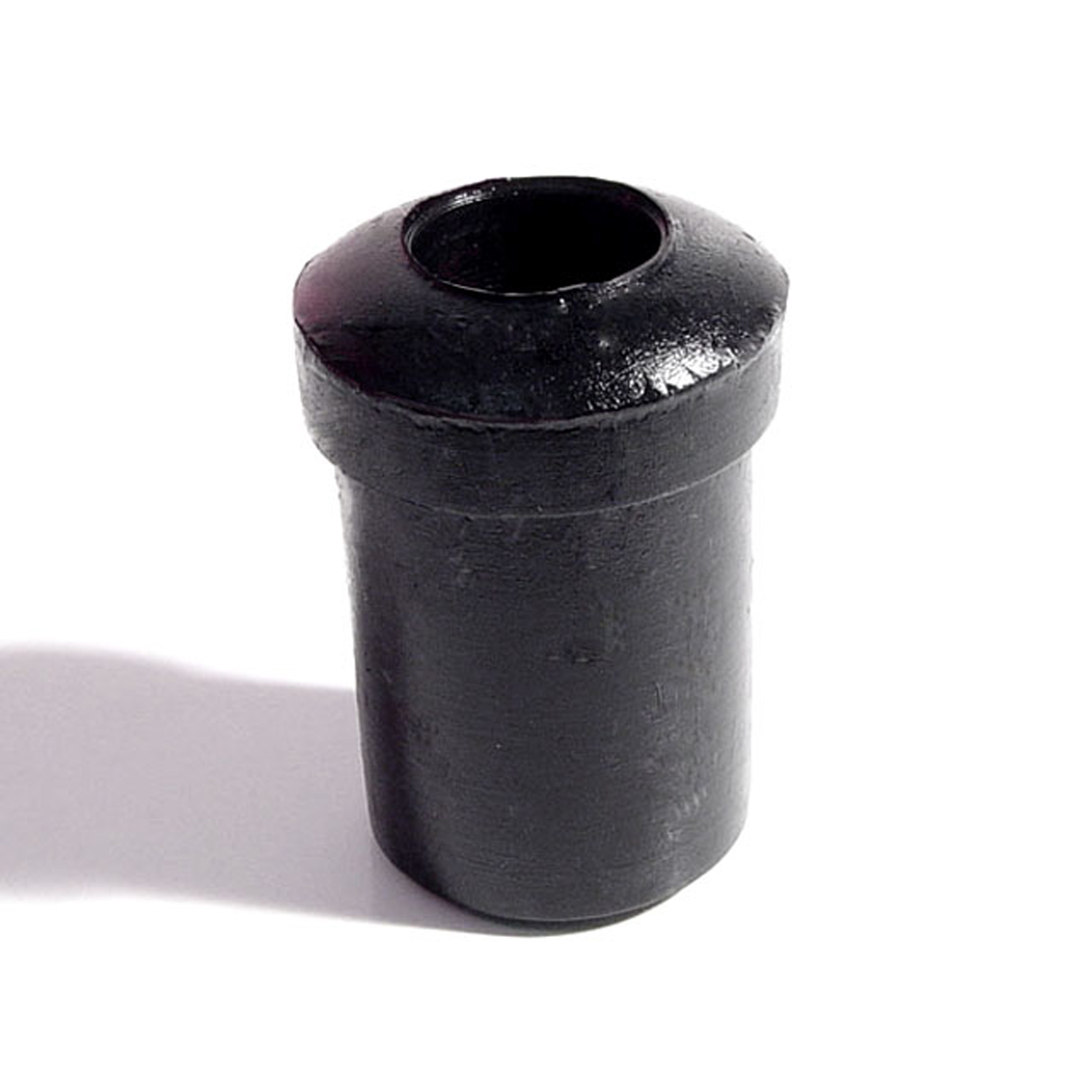 1970 Dodge Charger Spring and Shackle Bushing. 1" bottom O.D-BN 20Spring and Shackle Bushing. 1" bottom O.D. X 1-5/8" high, with 9/16" I.D. Each
1970 Dodge Charger Spring and Shackle Bushing. 1" bottom O.D-BN 20Spring and Shackle Bushing. 1" bottom O.D. X 1-5/8" high, with 9/16" I.D. Each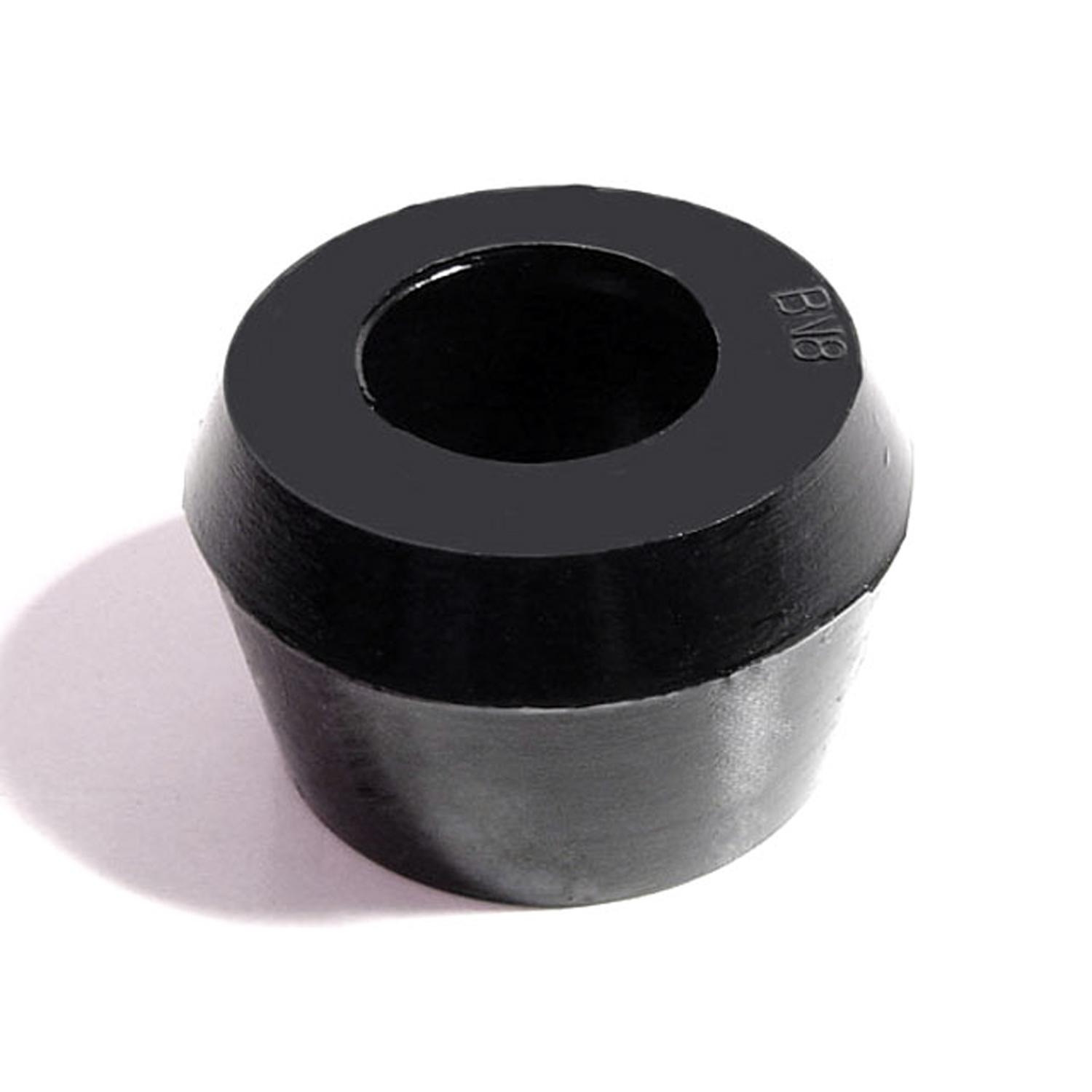 1970 Dodge Charger Shock Absorber Grommet. 1-1/4" bottom O.D-BN 8Shock Absorber Grommet. 1-1/4" bottom O.D., 1" high, with 3/4" I.D. Each
1970 Dodge Charger Shock Absorber Grommet. 1-1/4" bottom O.D-BN 8Shock Absorber Grommet. 1-1/4" bottom O.D., 1" high, with 3/4" I.D. Each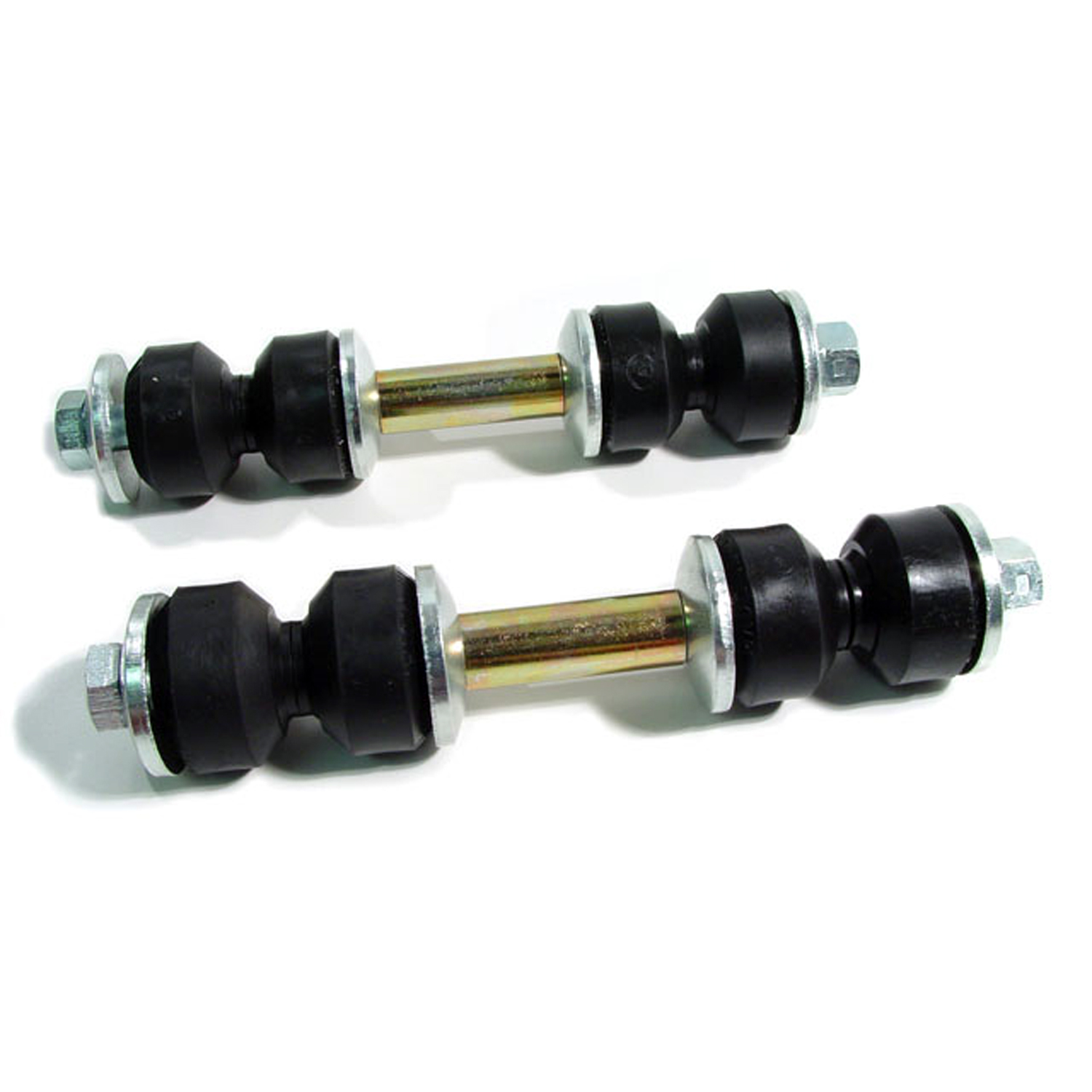 1970 Dodge Charger Front Stabilizer End Repair Kit-BNK 22Front Stabilizer End Repair Kit. 22-piece set for two stabilizer bars. Contains all rubber bushings, washers, bolts and nuts, enough for one front end. Set
1970 Dodge Charger Front Stabilizer End Repair Kit-BNK 22Front Stabilizer End Repair Kit. 22-piece set for two stabilizer bars. Contains all rubber bushings, washers, bolts and nuts, enough for one front end. Set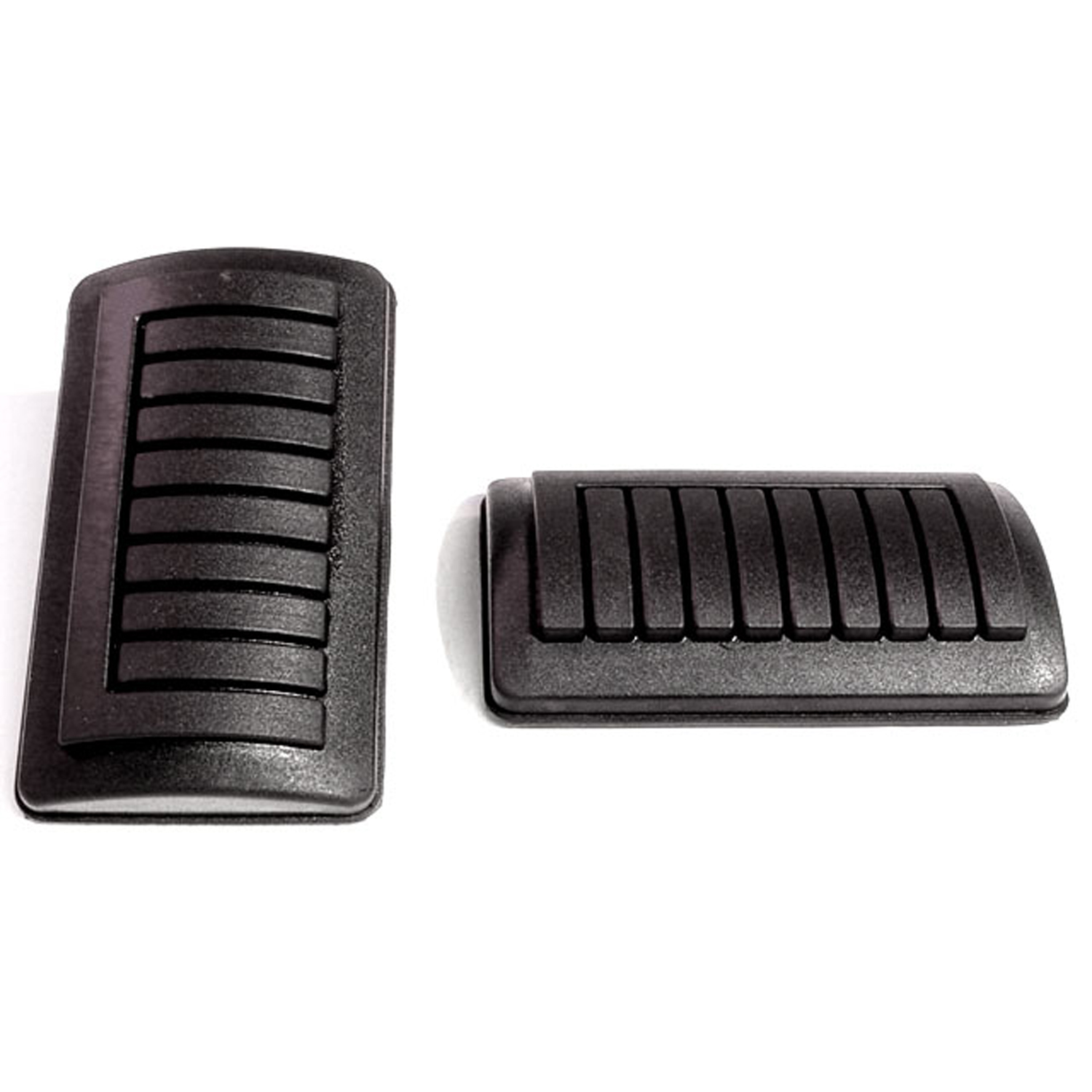 1970 Dodge Charger Clutch and Brake Pedal Pads. 3-3/4" wide X 2-1/4" long-CB 198Clutch and Brake Pedal Pads. 3-3/4" wide X 2-1/4" long. Pair
1970 Dodge Charger Clutch and Brake Pedal Pads. 3-3/4" wide X 2-1/4" long-CB 198Clutch and Brake Pedal Pads. 3-3/4" wide X 2-1/4" long. Pair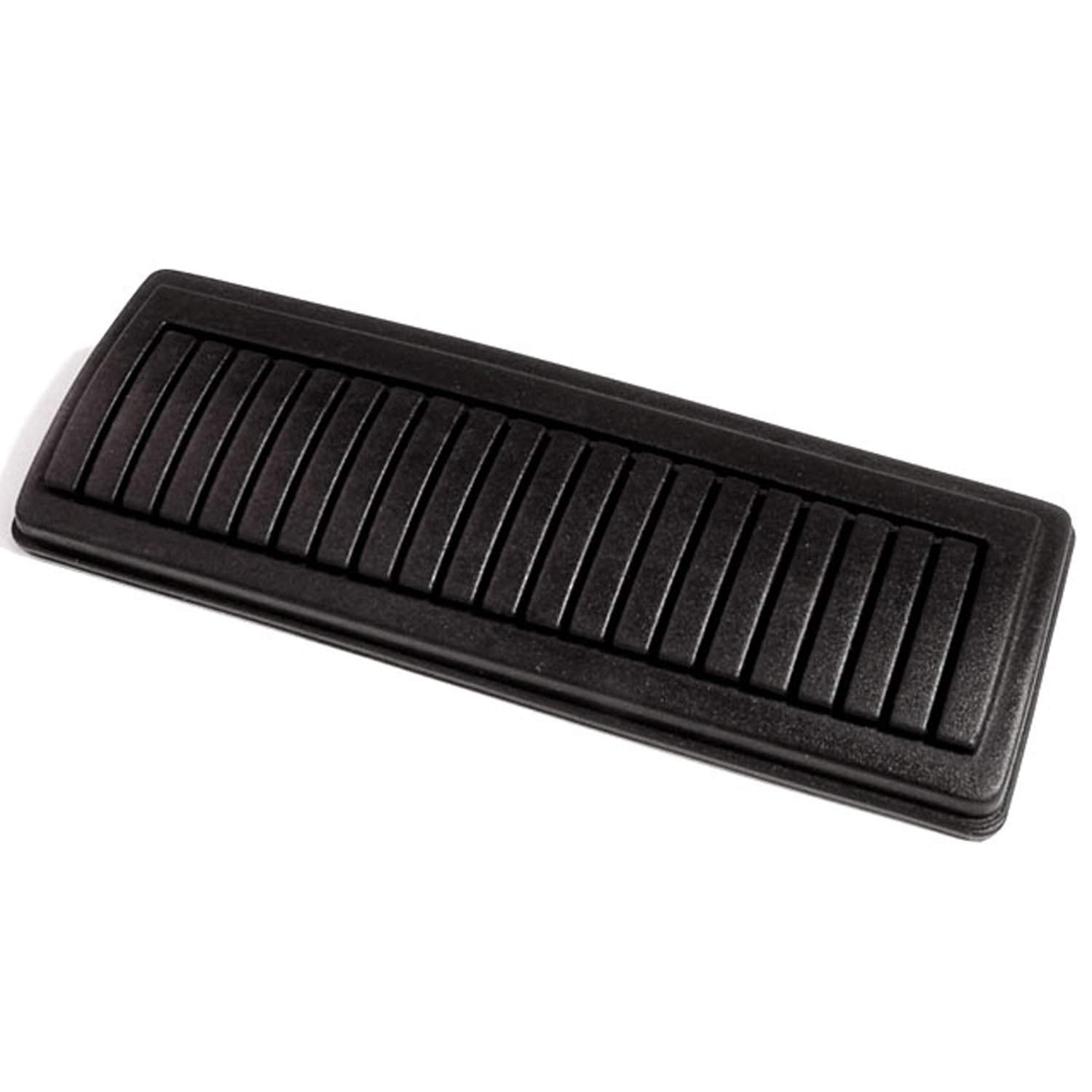 1970 Dodge Charger Brake Pedal Pad, for models with automatic transmission-CB 200Brake Pedal Pad, for models with automatic transmission. 6-1/2" wide X 2-3/8" long. Each
1970 Dodge Charger Brake Pedal Pad, for models with automatic transmission-CB 200Brake Pedal Pad, for models with automatic transmission. 6-1/2" wide X 2-3/8" long. Each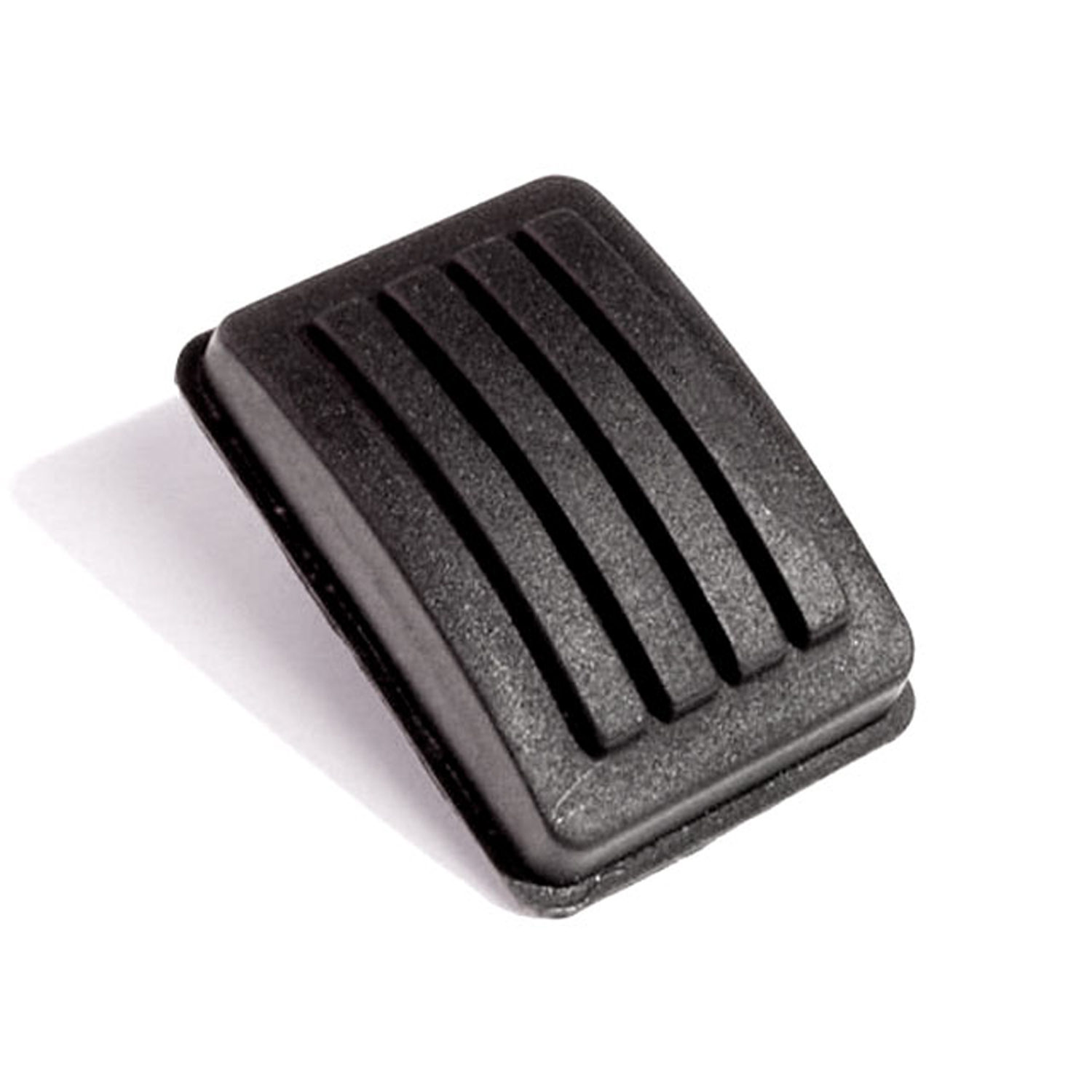 1970 Dodge Charger Park Brake Pedal Pad-CB 200-BPark Brake Pedal Pad. Your stainless steel bezel fits over this new pad. 1-5/8" wide X 2-3/8" long. Each
1970 Dodge Charger Park Brake Pedal Pad-CB 200-BPark Brake Pedal Pad. Your stainless steel bezel fits over this new pad. 1-5/8" wide X 2-3/8" long. Each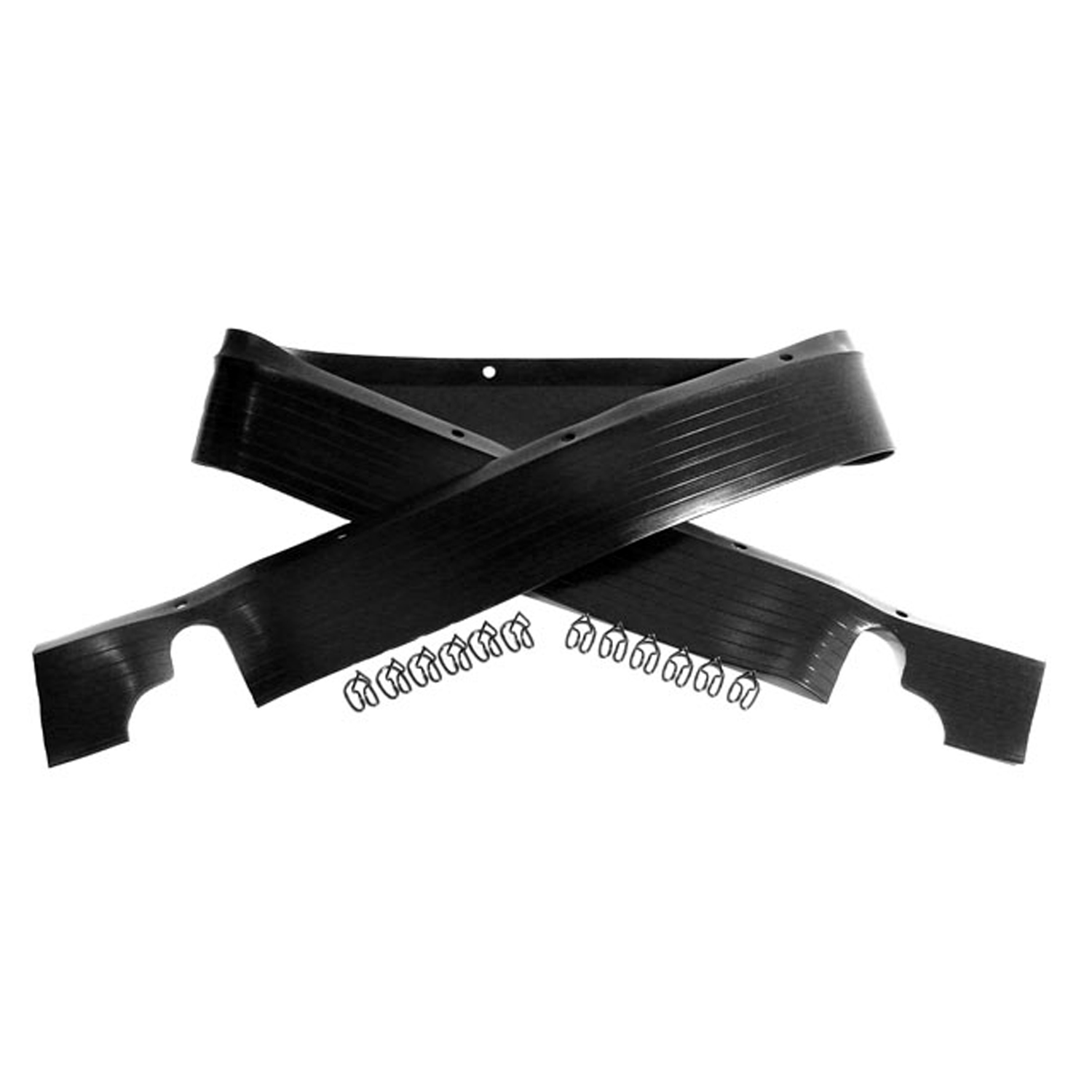 1970 Dodge Charger Hood to Radiator Seal, 51-1/8" Long. Each-CS 20-FHood to Radiator Seal, 51-1/8" Long. Each
1970 Dodge Charger Hood to Radiator Seal, 51-1/8" Long. Each-CS 20-FHood to Radiator Seal, 51-1/8" Long. Each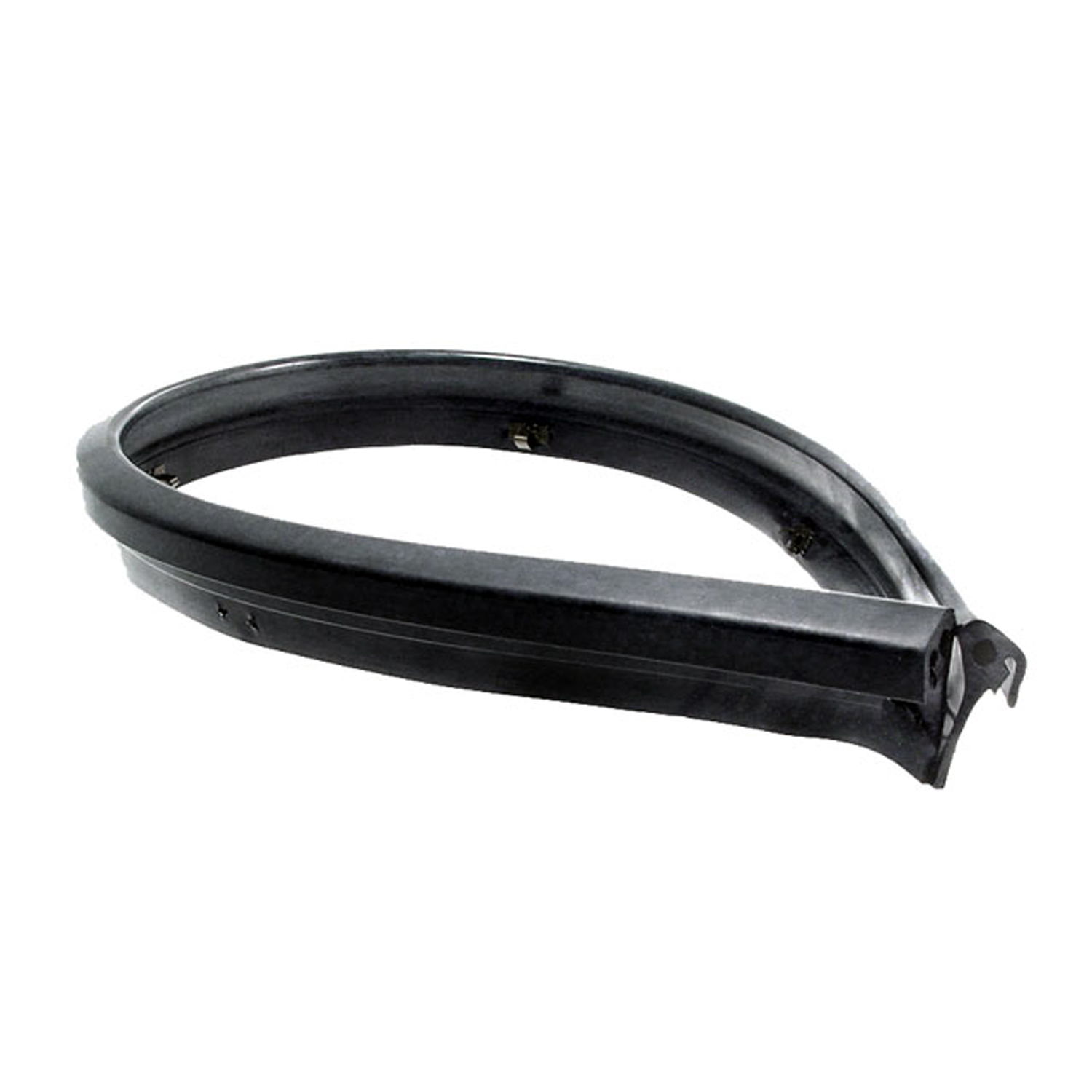 1970 Dodge Charger Hood to Cowl Seal, 35" Long. Each-CS 20-XHood to Cowl Seal, 35" Long. Each
1970 Dodge Charger Hood to Cowl Seal, 35" Long. Each-CS 20-XHood to Cowl Seal, 35" Long. Each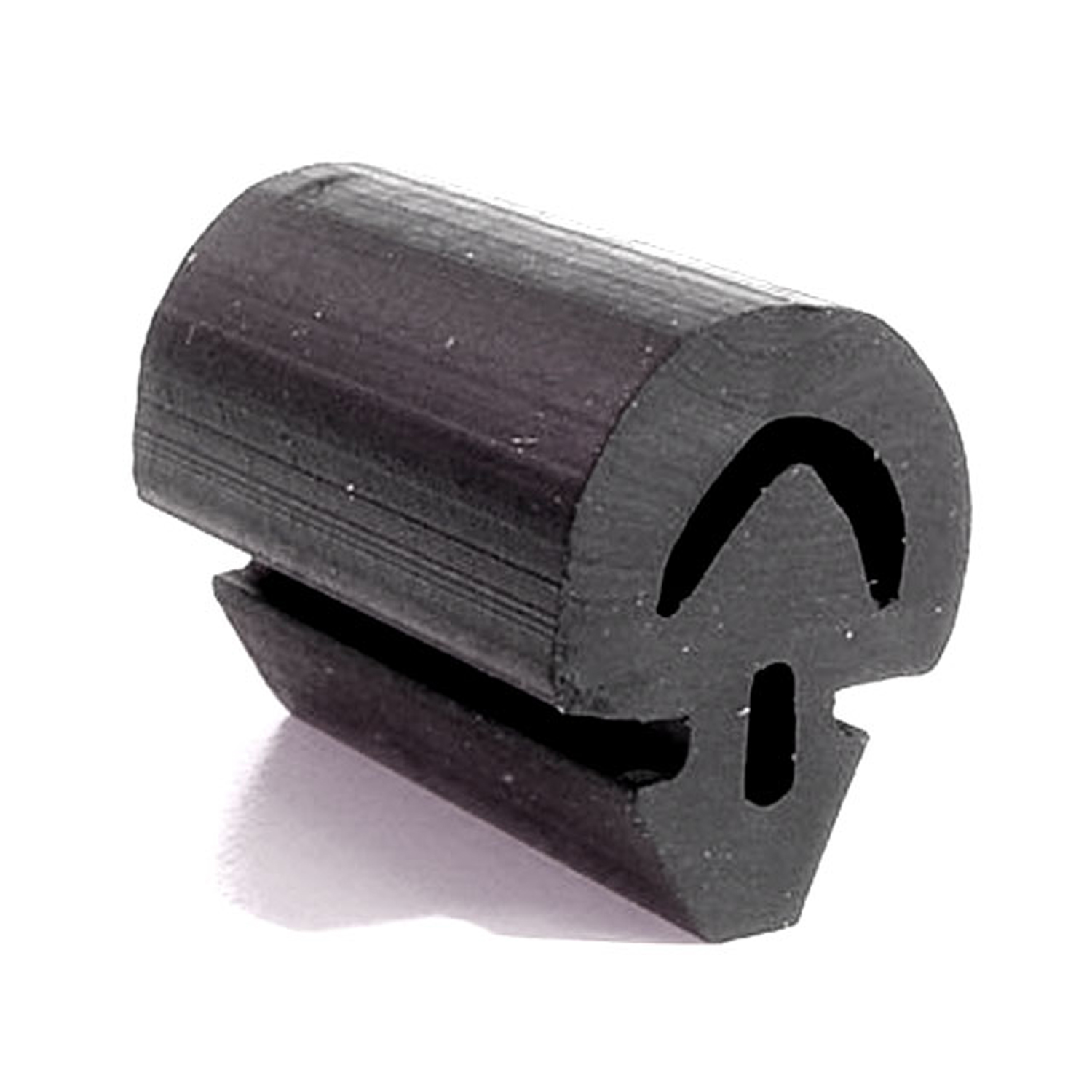 1970 Dodge Charger Door Bumper. 3/4" high X 1/2" wide X 1" long-DB 50Door Bumper. 3/4" high X 1/2" wide X 1" long. Four used per car. Each
1970 Dodge Charger Door Bumper. 3/4" high X 1/2" wide X 1" long-DB 50Door Bumper. 3/4" high X 1/2" wide X 1" long. Four used per car. Each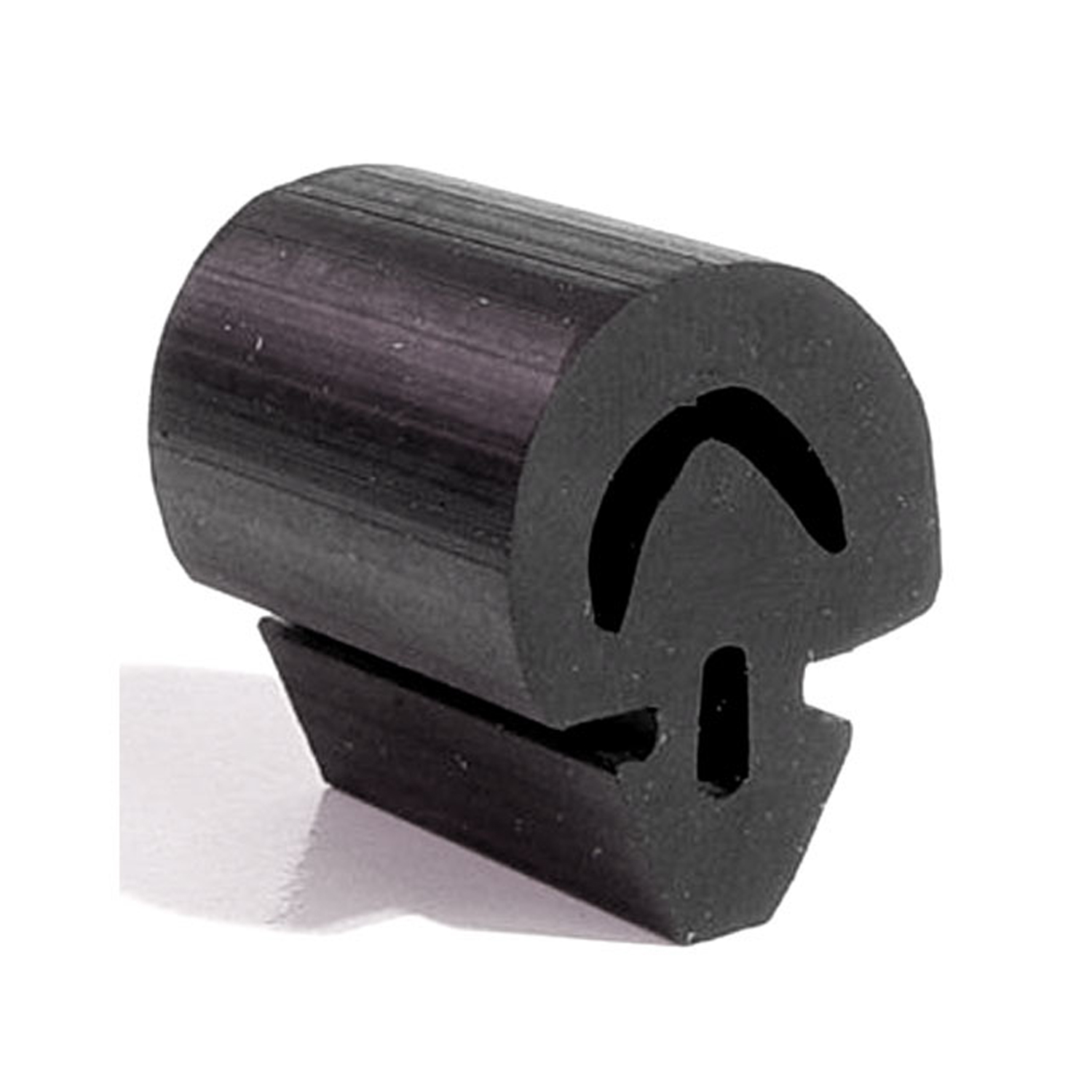 1970 Dodge Charger Door Bumper. 3/4" high X 1/2" wide X 5/8" long-DB 50-MDoor Bumper. 3/4" high X 1/2" wide X 5/8" long. Four used per car. Each
1970 Dodge Charger Door Bumper. 3/4" high X 1/2" wide X 5/8" long-DB 50-MDoor Bumper. 3/4" high X 1/2" wide X 5/8" long. Four used per car. Each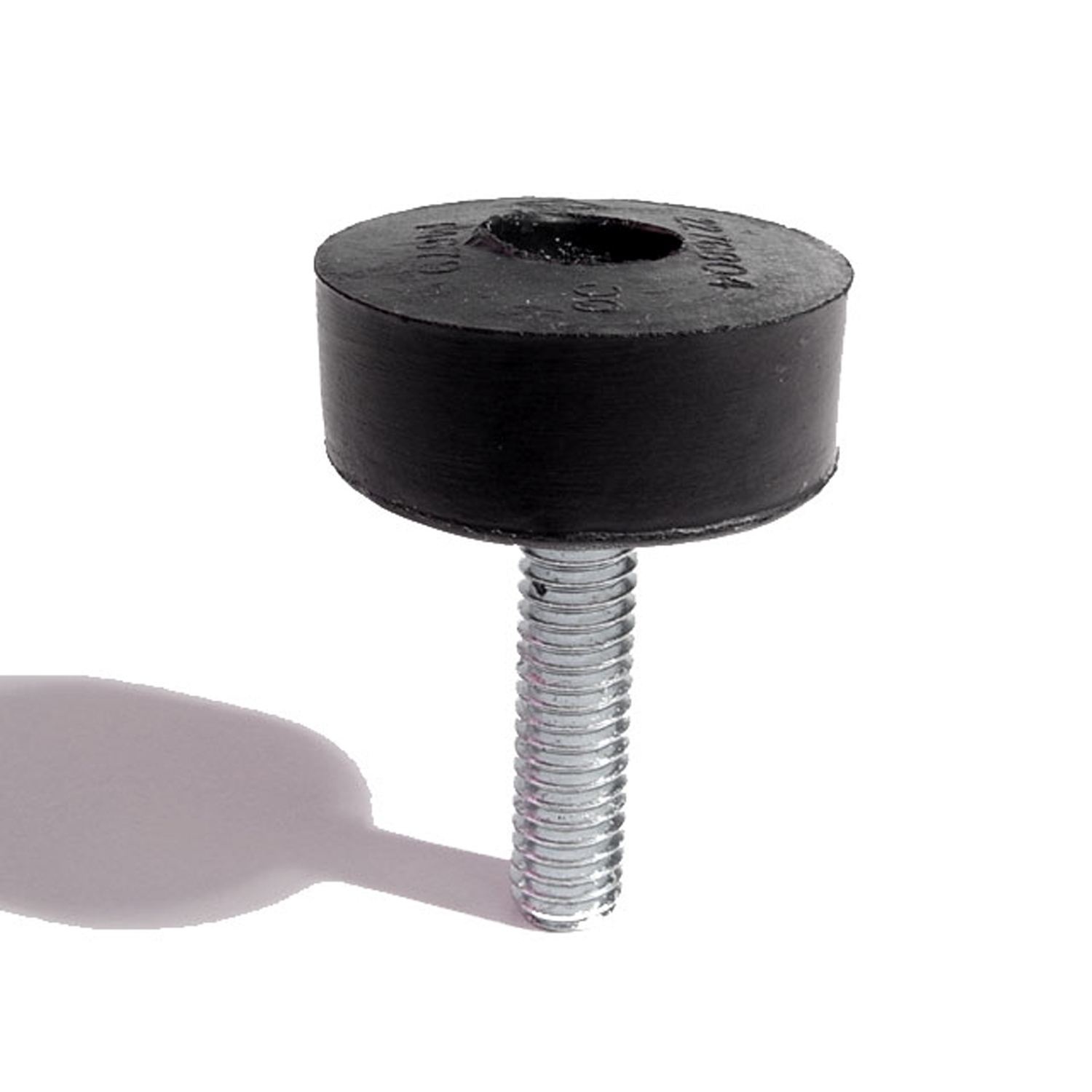 1970 Dodge Charger Hood Adjustment Bolt and Bumper-HA 8Hood Adjustment Bolt and Bumper. 1-3/16" diameter rubber head. 5/16" thick X 18 threads/inch X 1-1/4" long bolt. Each
1970 Dodge Charger Hood Adjustment Bolt and Bumper-HA 8Hood Adjustment Bolt and Bumper. 1-3/16" diameter rubber head. 5/16" thick X 18 threads/inch X 1-1/4" long bolt. Each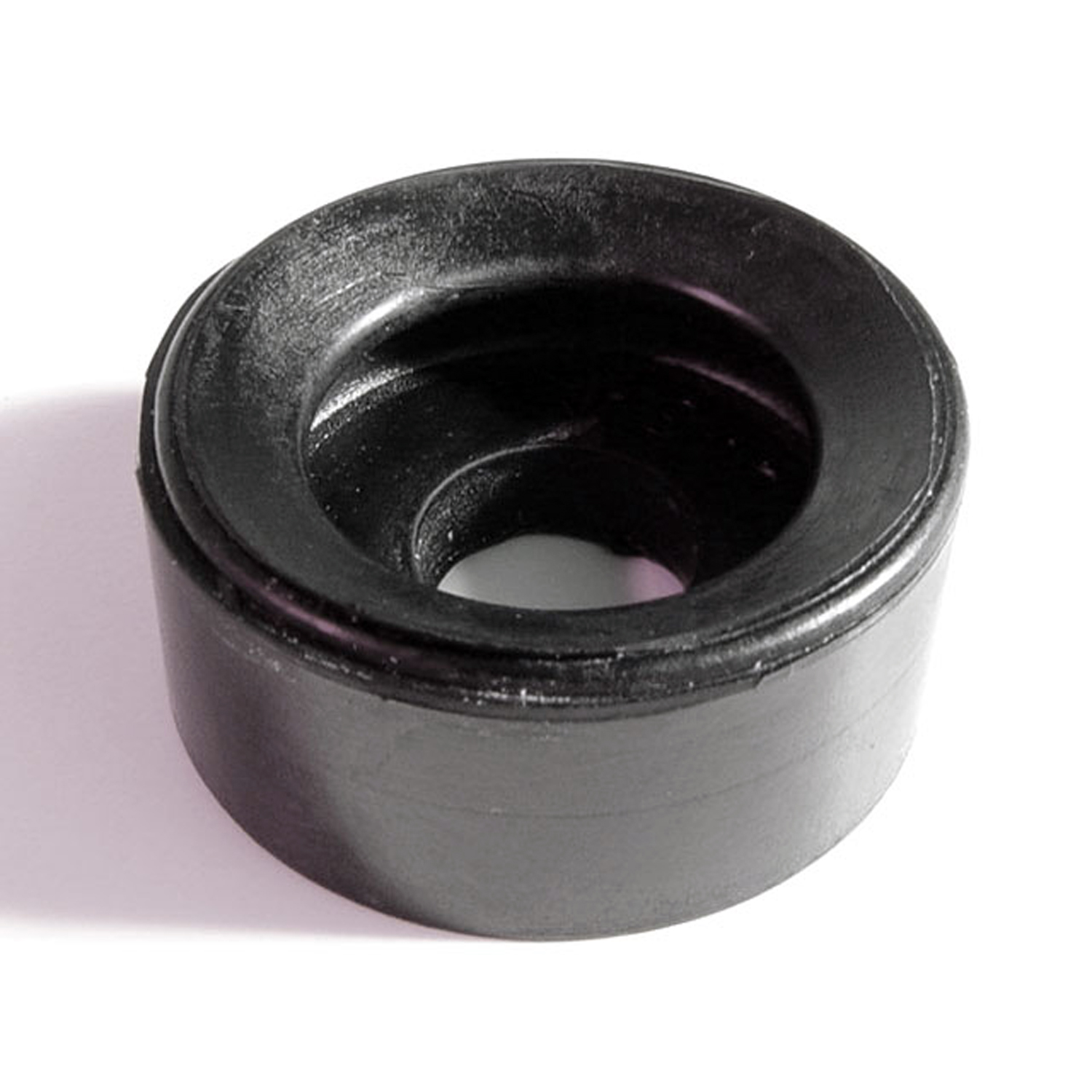 1970 Dodge Charger Hood Adjustment Bumper. 1-1/4" O.D-HA 8-AHood Adjustment Bumper. 1-1/4" O.D., 3/4" large hole, 7/16" small hole, 1/2" thick. Each
1970 Dodge Charger Hood Adjustment Bumper. 1-1/4" O.D-HA 8-AHood Adjustment Bumper. 1-1/4" O.D., 3/4" large hole, 7/16" small hole, 1/2" thick. Each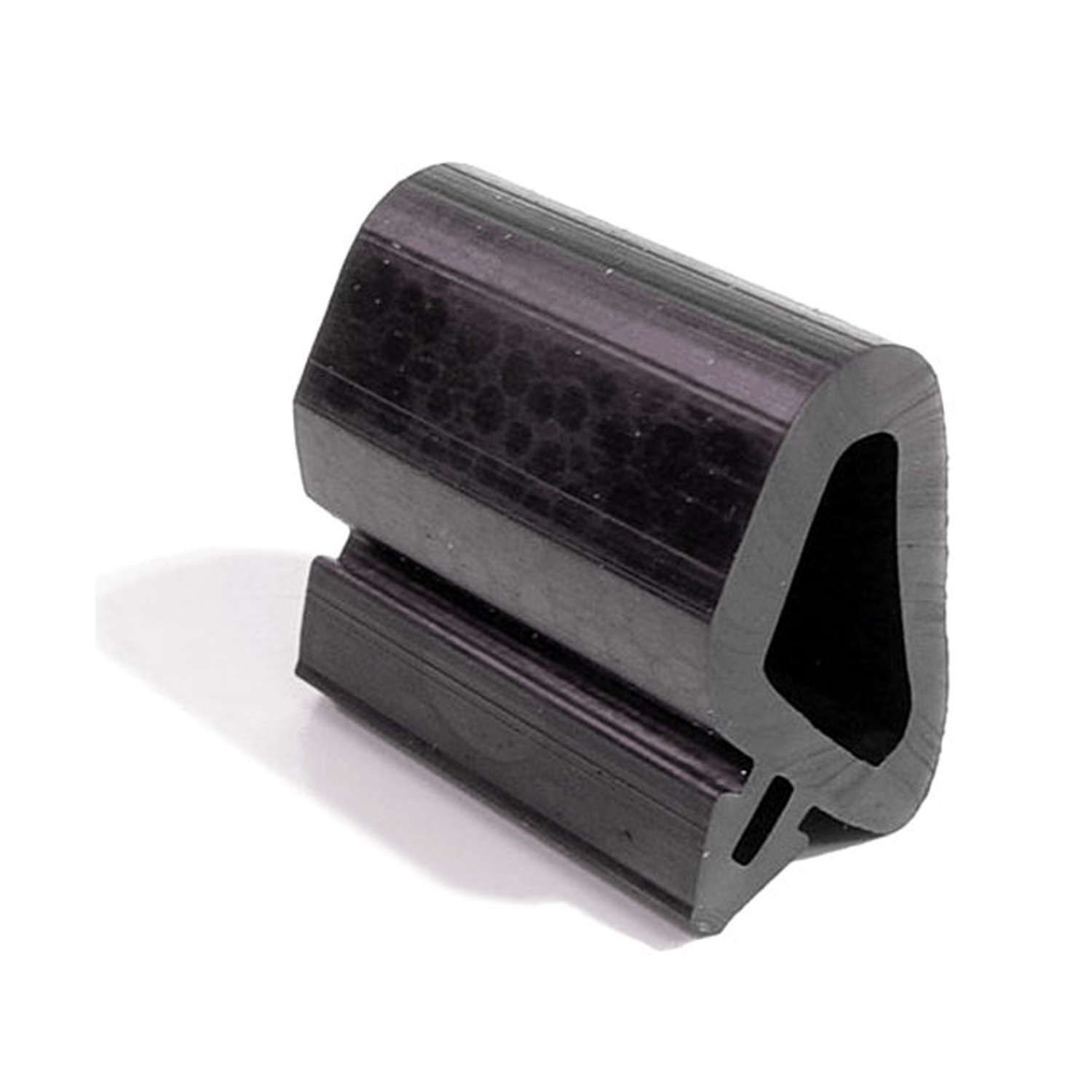 1970 Dodge Charger Hood Side Bumper. Four used per car. Each-HF 19Hood Side Bumper. Measures 0.91" wide x 1.00" tall x 1.043" deep. Four used per car. Each
1970 Dodge Charger Hood Side Bumper. Four used per car. Each-HF 19Hood Side Bumper. Measures 0.91" wide x 1.00" tall x 1.043" deep. Four used per car. Each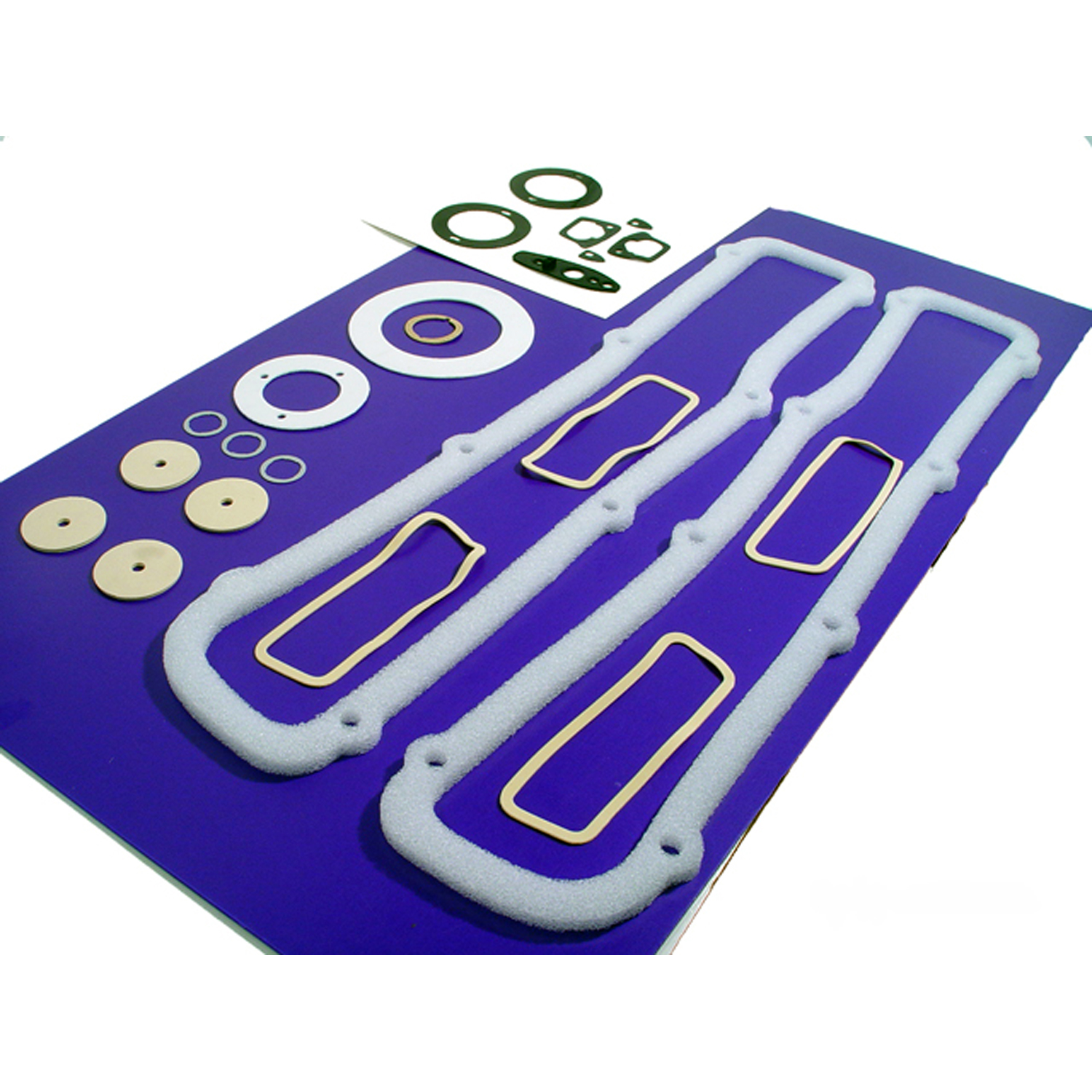 1970 Dodge Charger Lens Gasket Kit. 23 Pieces-LGK 2718-100Lens Gasket Kit. 23 Pieces
1970 Dodge Charger Lens Gasket Kit. 23 Pieces-LGK 2718-100Lens Gasket Kit. 23 Pieces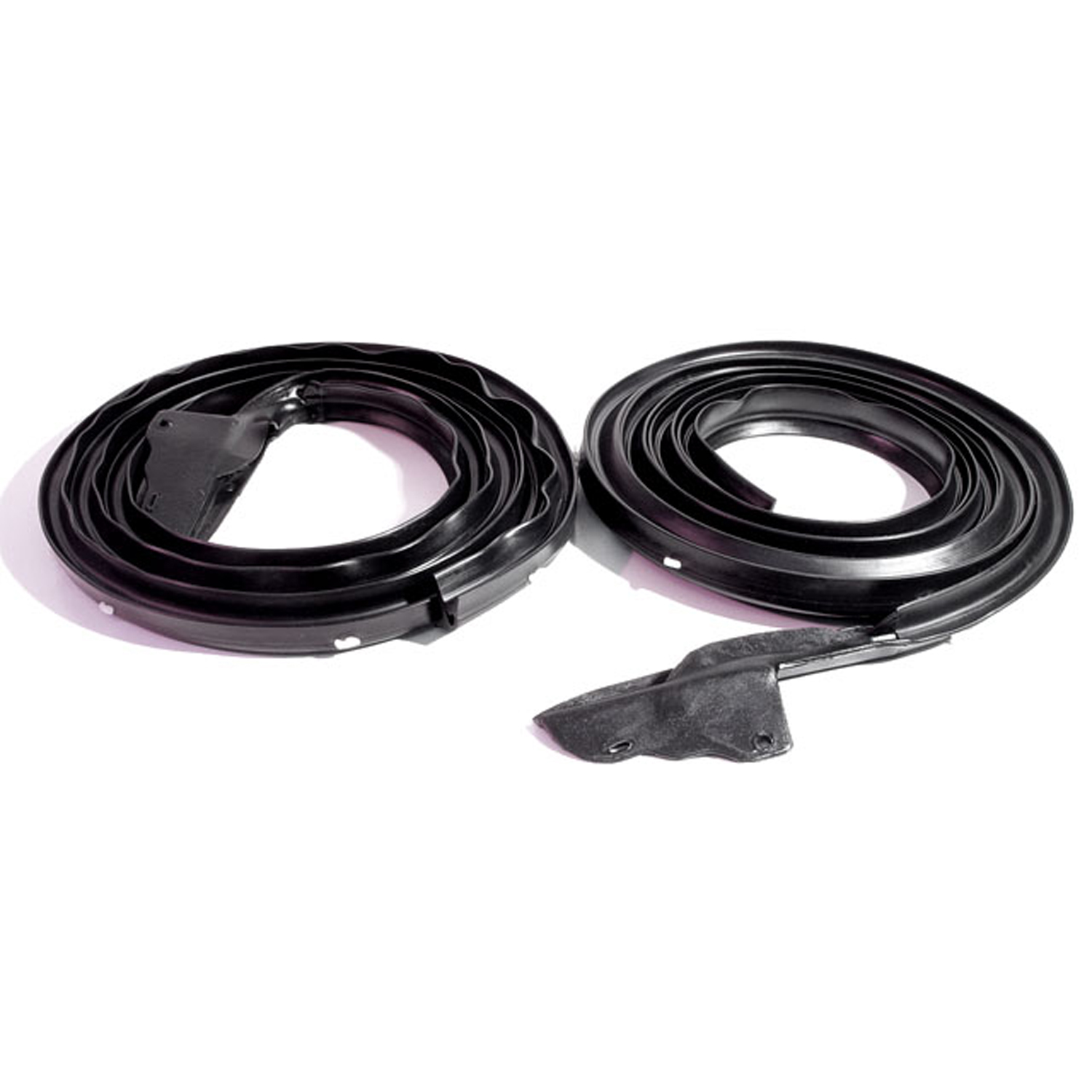 1970 Dodge Charger Molded Door Seals with Steel Core and White Clips-LM 23Molded Door Seals with Steel Core and White Clips. For 2-door hardtop. Replaces OEM #2860400/1. Pair R&L
1970 Dodge Charger Molded Door Seals with Steel Core and White Clips-LM 23Molded Door Seals with Steel Core and White Clips. For 2-door hardtop. Replaces OEM #2860400/1. Pair R&L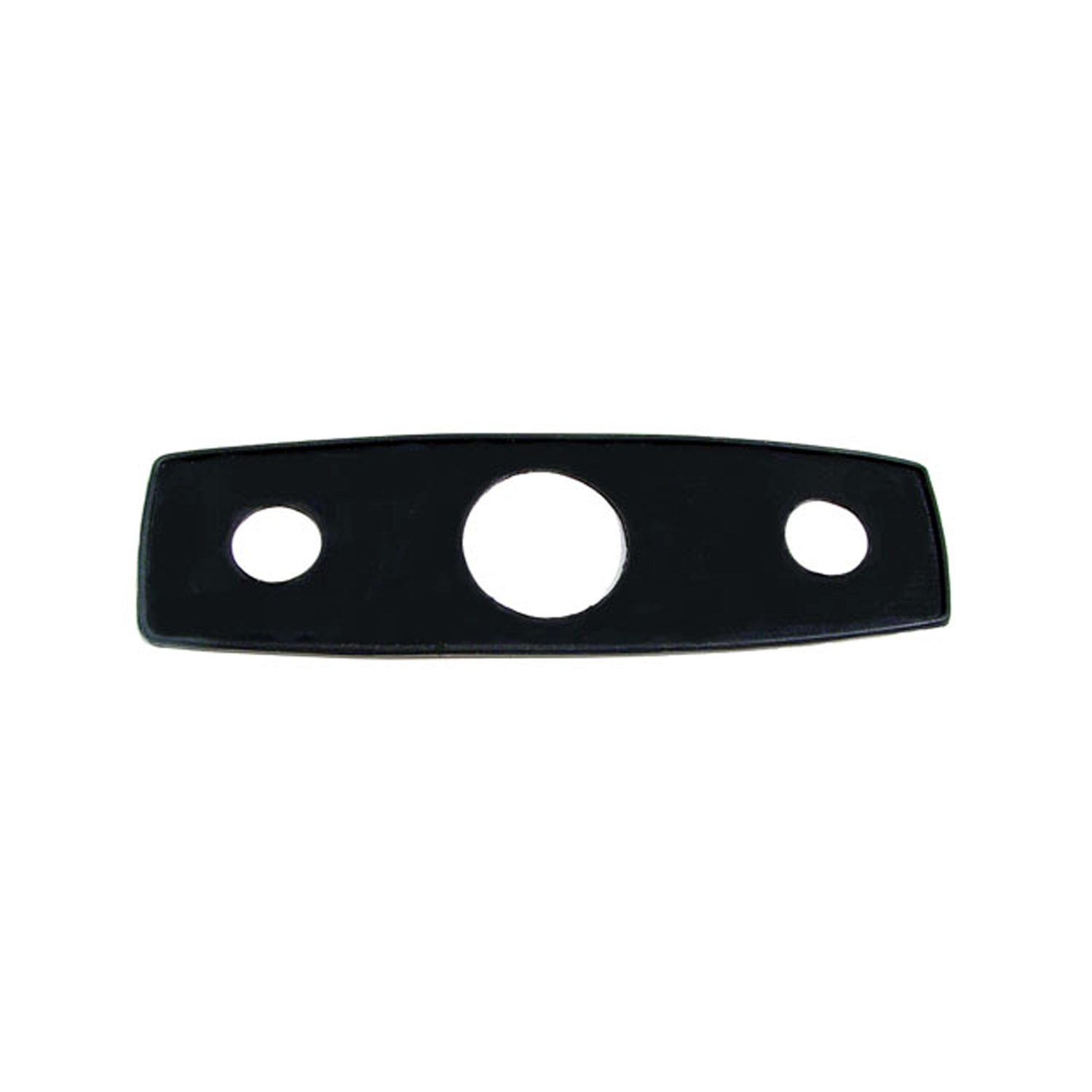 1970 Dodge Charger Racing Style Outside Mirror Pad. 1-3/8" wide X 4-1/2" long-MP 622-DRacing Style Outside Mirror Pad. 1-3/8" wide X 4-1/2" long. Replaces OEM #345-4052-63806 Each
1970 Dodge Charger Racing Style Outside Mirror Pad. 1-3/8" wide X 4-1/2" long-MP 622-DRacing Style Outside Mirror Pad. 1-3/8" wide X 4-1/2" long. Replaces OEM #345-4052-63806 Each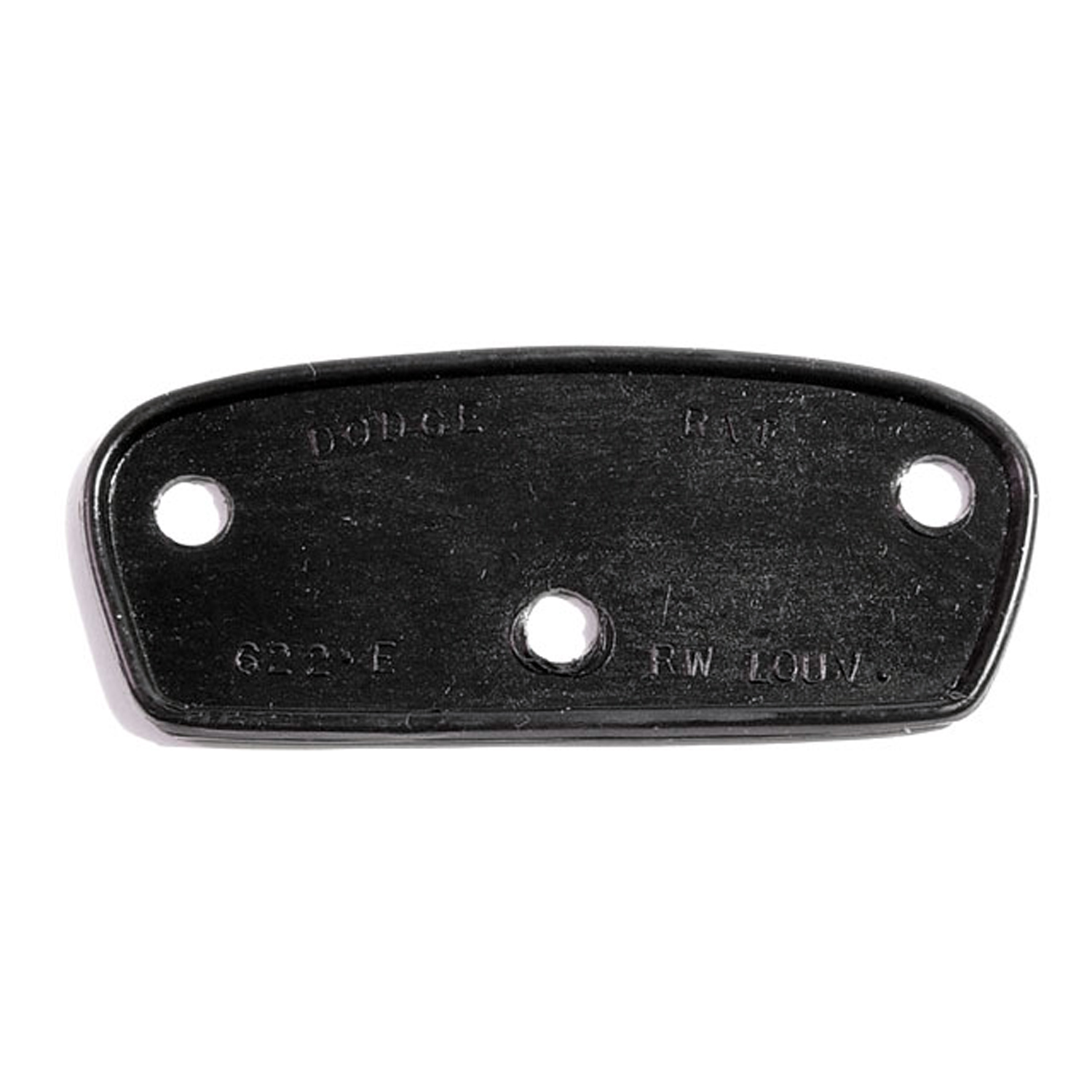 1970 Dodge Charger Rear Window Louver Hinge Pad-MP 622-ERear Window Louver Hinge Pad. For 2-door coupe with rear louvers. 3-3/8" wide X 1-1/2" long. Each
1970 Dodge Charger Rear Window Louver Hinge Pad-MP 622-ERear Window Louver Hinge Pad. For 2-door coupe with rear louvers. 3-3/8" wide X 1-1/2" long. Each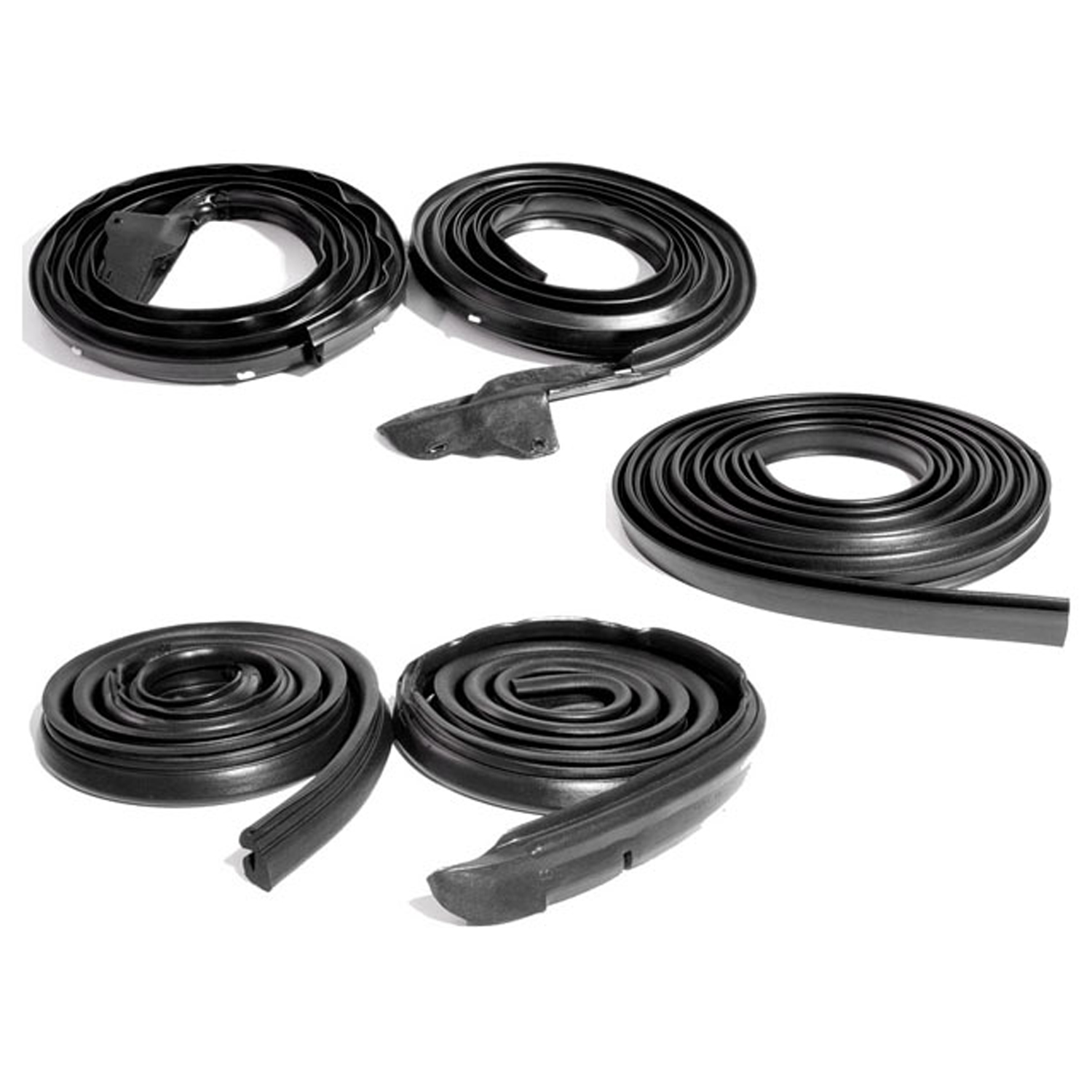 1970 Dodge Charger Basic Kit, for 2-Door Hardtop-RKB 4005-109Basic Kit, for 2-Door Hardtop. Door (LM 23) Roof Rail (RR 4001-A) Trunk (TK 2320), Seals.
1970 Dodge Charger Basic Kit, for 2-Door Hardtop-RKB 4005-109Basic Kit, for 2-Door Hardtop. Door (LM 23) Roof Rail (RR 4001-A) Trunk (TK 2320), Seals.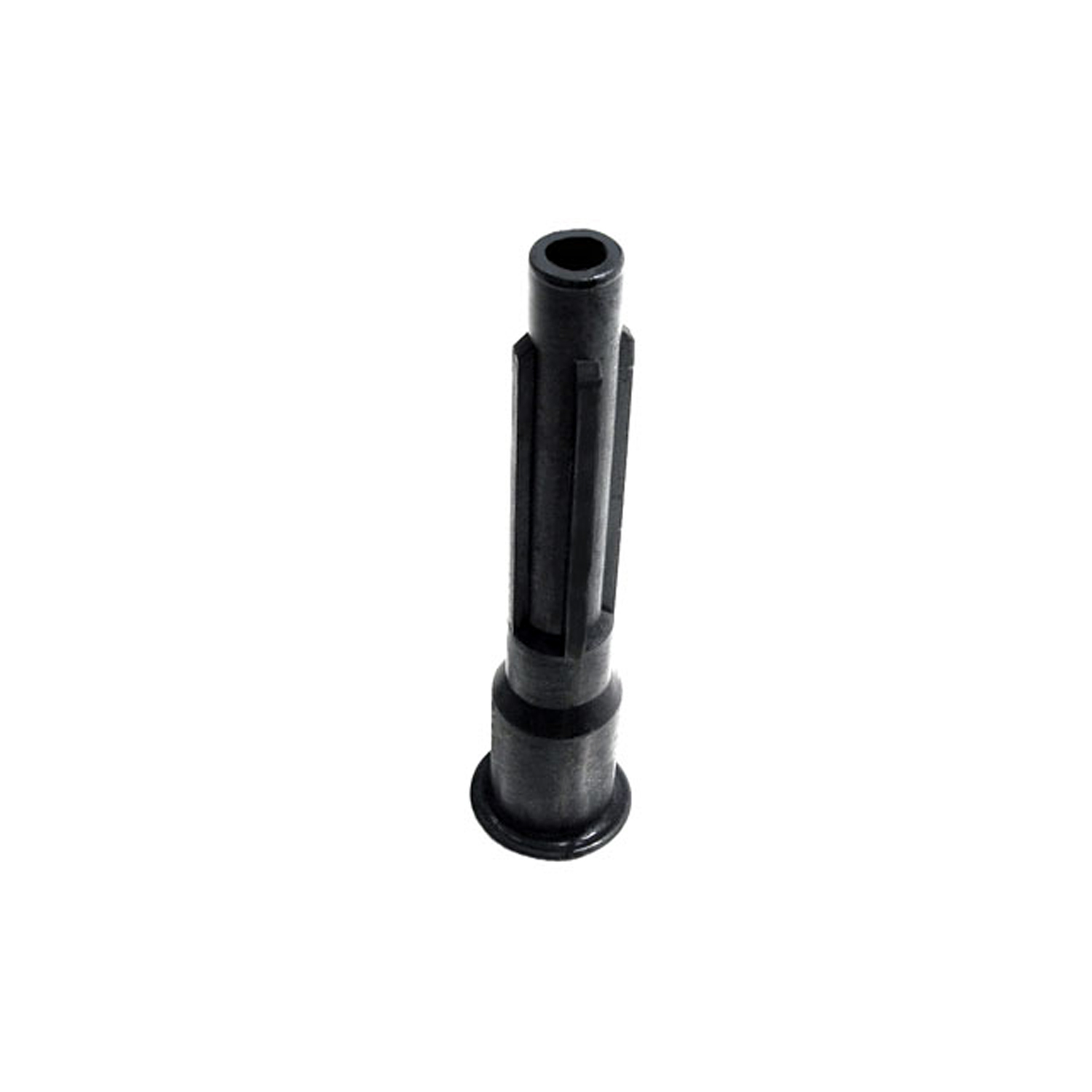 1970 Dodge Charger Flexible Spark Plug Boot, used on Hemi's with power brakes-RP 1-MFlexible Spark Plug Boot, used on Hemi's with power brakes. 4" long, 5/16" upper i.d., 5/8" lower i.d. Each
1970 Dodge Charger Flexible Spark Plug Boot, used on Hemi's with power brakes-RP 1-MFlexible Spark Plug Boot, used on Hemi's with power brakes. 4" long, 5/16" upper i.d., 5/8" lower i.d. Each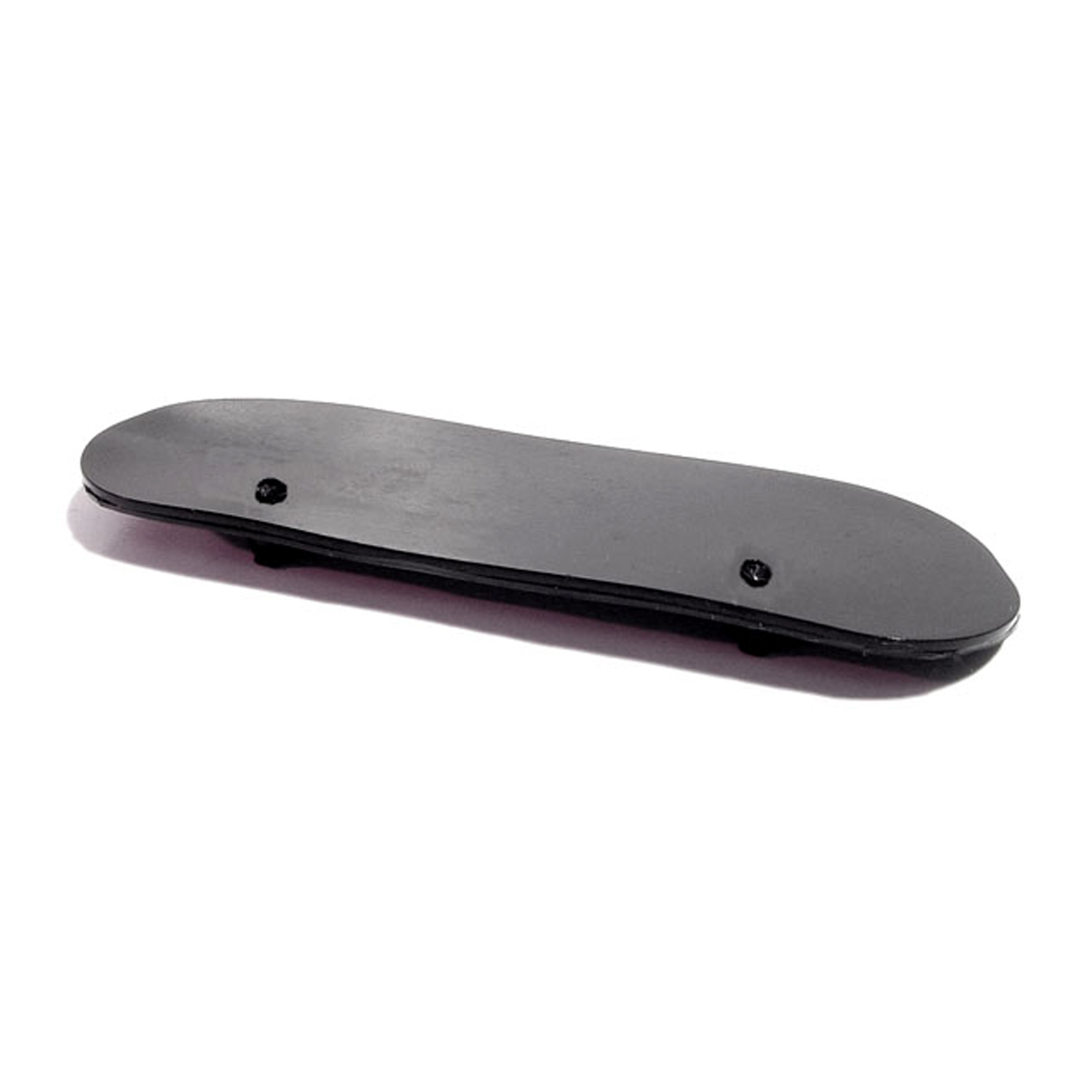 1970 Dodge Charger Drain Flap on Cowl. Each-RP 900-ADrain Flap on Cowl. Each
1970 Dodge Charger Drain Flap on Cowl. Each-RP 900-ADrain Flap on Cowl. Each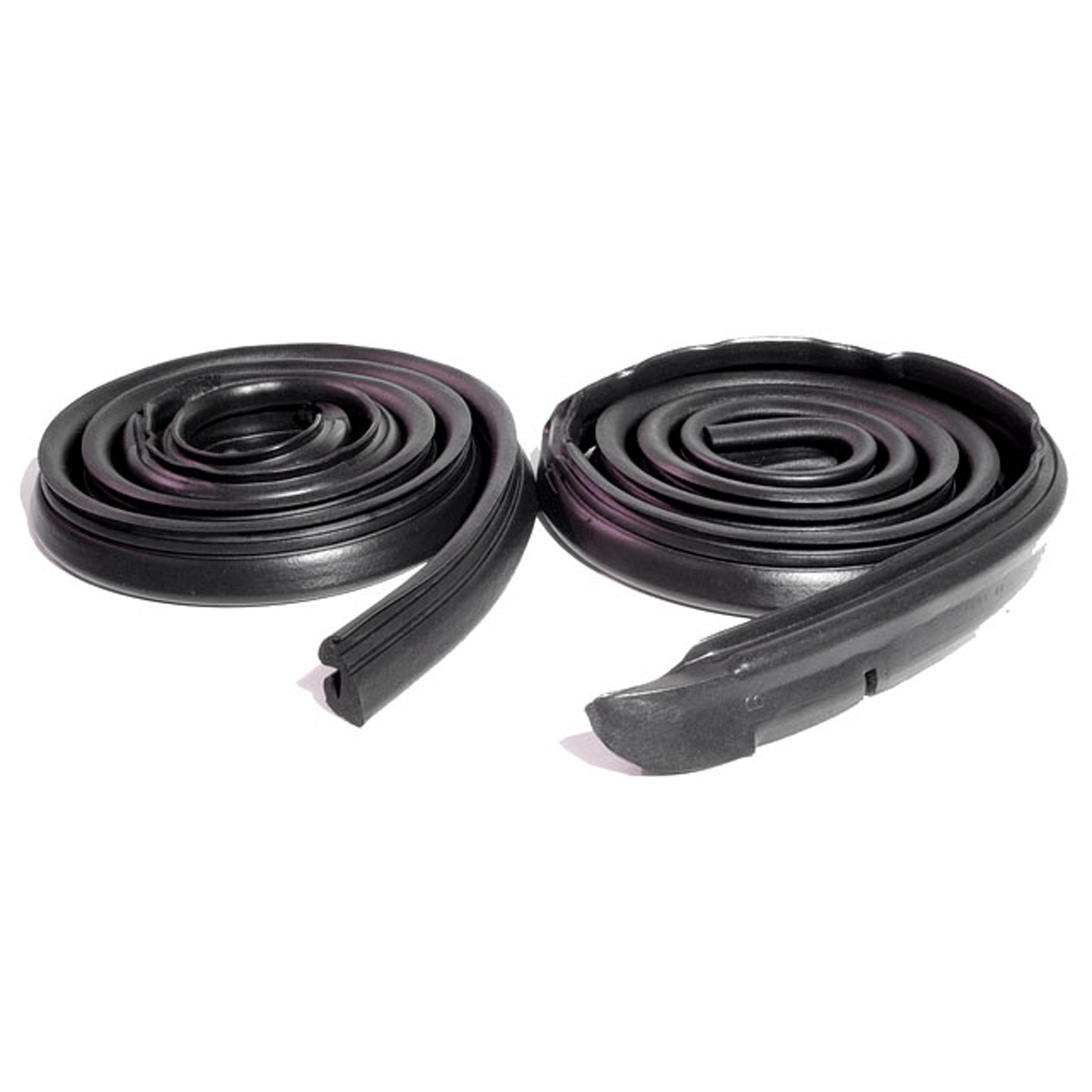 1970 Dodge Charger Molded Roof Rail Seals, for 2-Door Hardtop without Post-RR 4001-AMolded Roof Rail Seals, for 2-Door Hardtop without Post. Pair R&L
1970 Dodge Charger Molded Roof Rail Seals, for 2-Door Hardtop without Post-RR 4001-AMolded Roof Rail Seals, for 2-Door Hardtop without Post. Pair R&L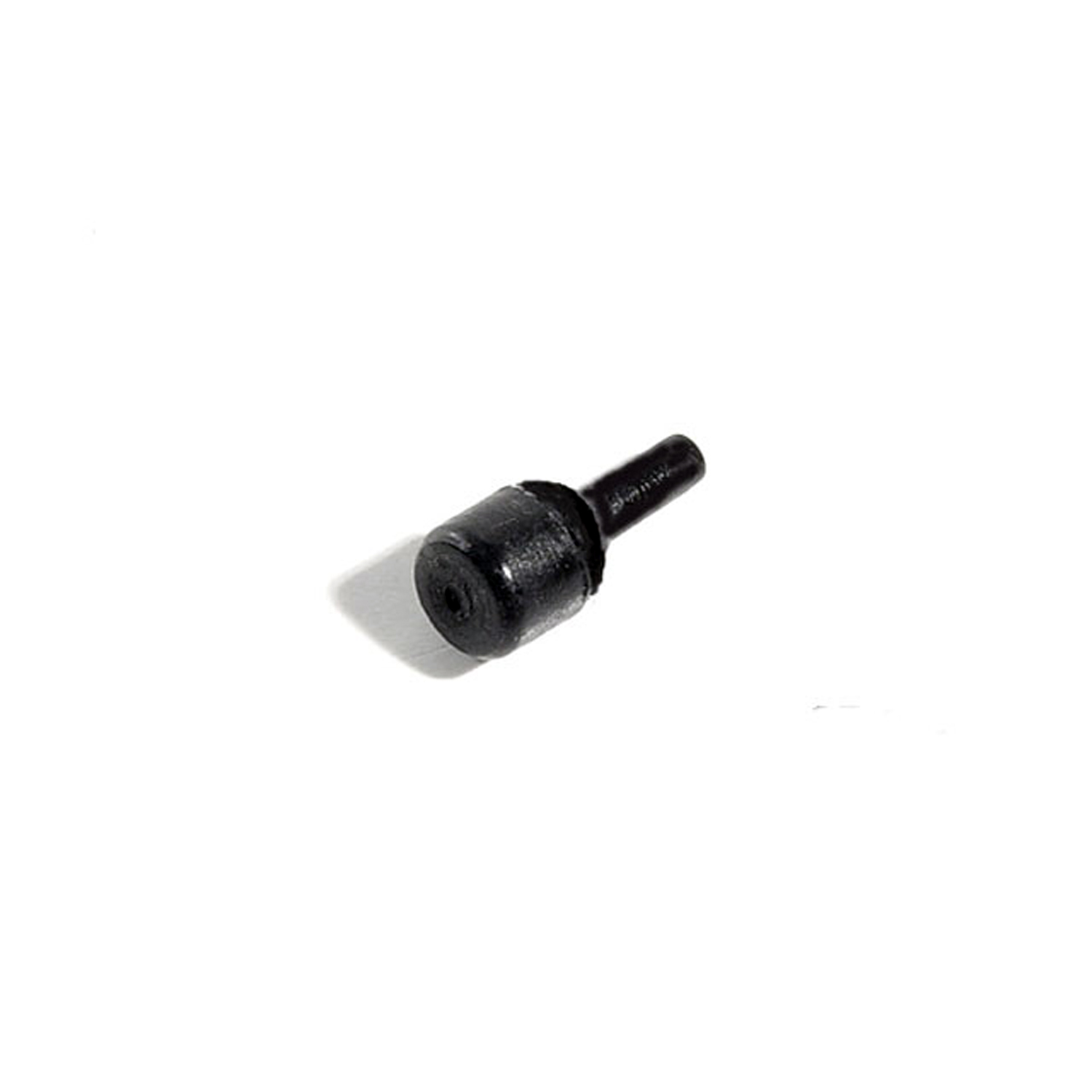 1970 Dodge Charger Ashtray Bumper. 9/16" Long. Each-SB 120Ashtray Bumper. 9/16" Long. Each
1970 Dodge Charger Ashtray Bumper. 9/16" Long. Each-SB 120Ashtray Bumper. 9/16" Long. Each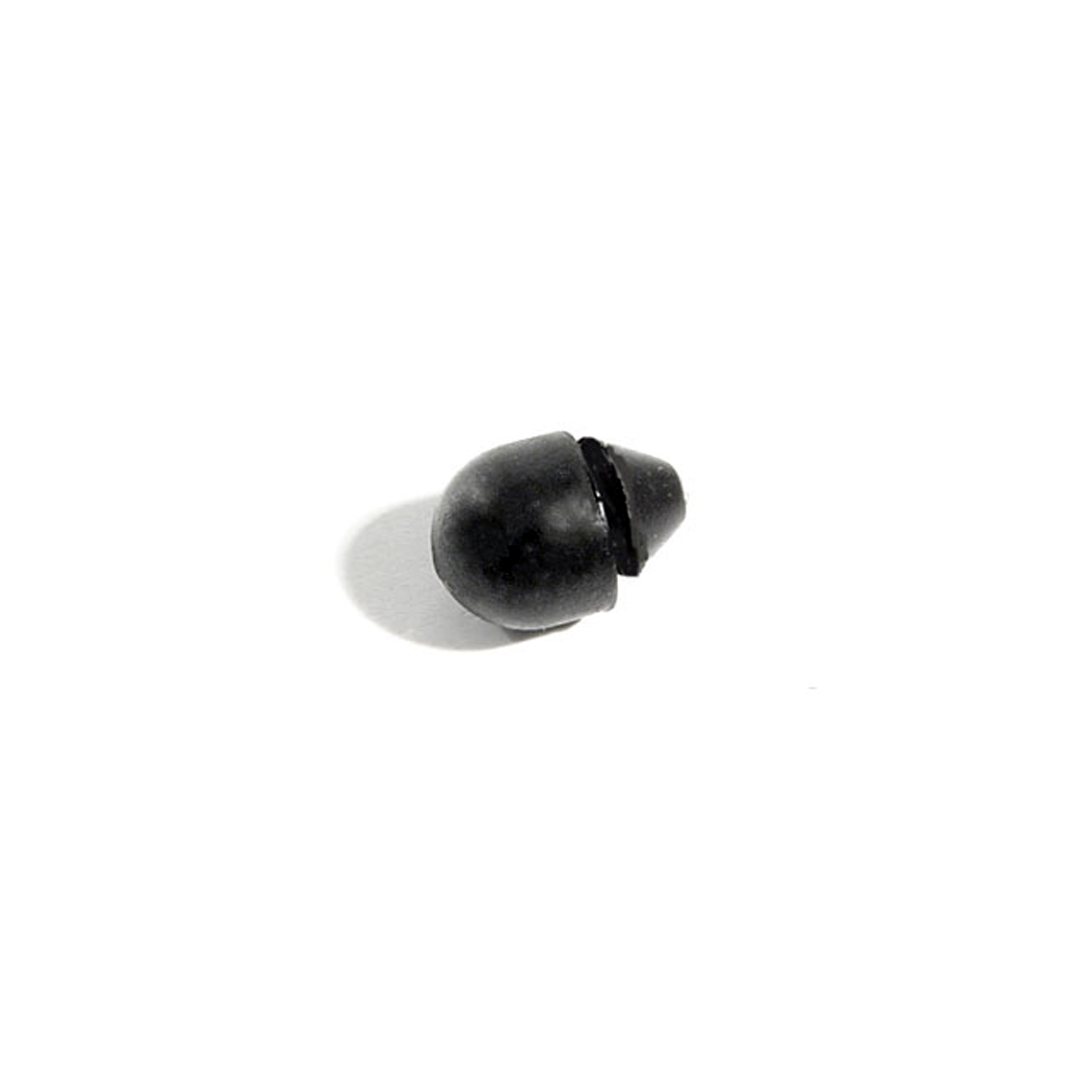 1970 Dodge Charger Glove Box Bumper. 1/2" Long. Each-SB 121Glove Box Bumper. 1/2" Long. Each
1970 Dodge Charger Glove Box Bumper. 1/2" Long. Each-SB 121Glove Box Bumper. 1/2" Long. Each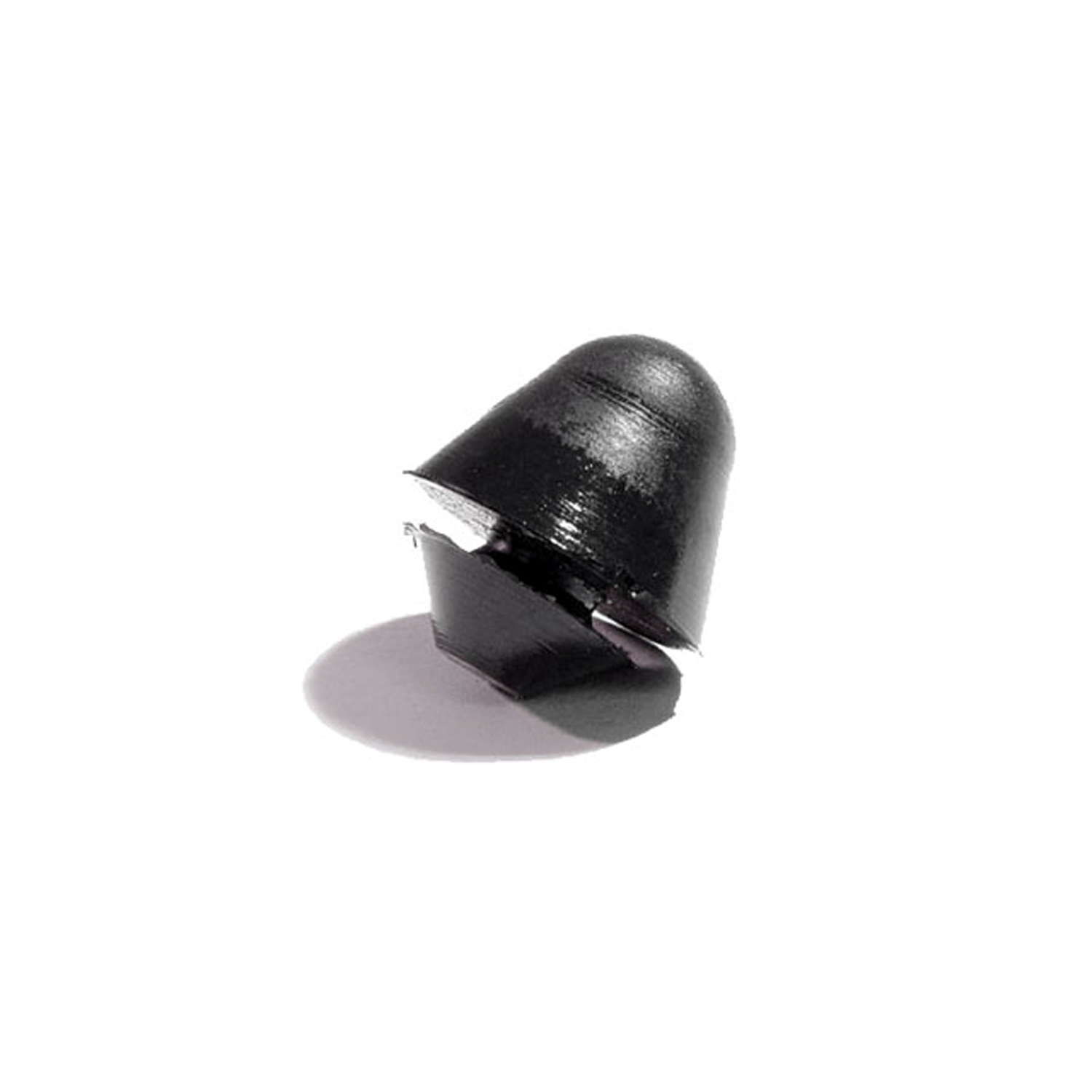 1970 Dodge Charger Glove Box Bumper. Each-SB 121-AGlove Box Bumper. Each
1970 Dodge Charger Glove Box Bumper. Each-SB 121-AGlove Box Bumper. Each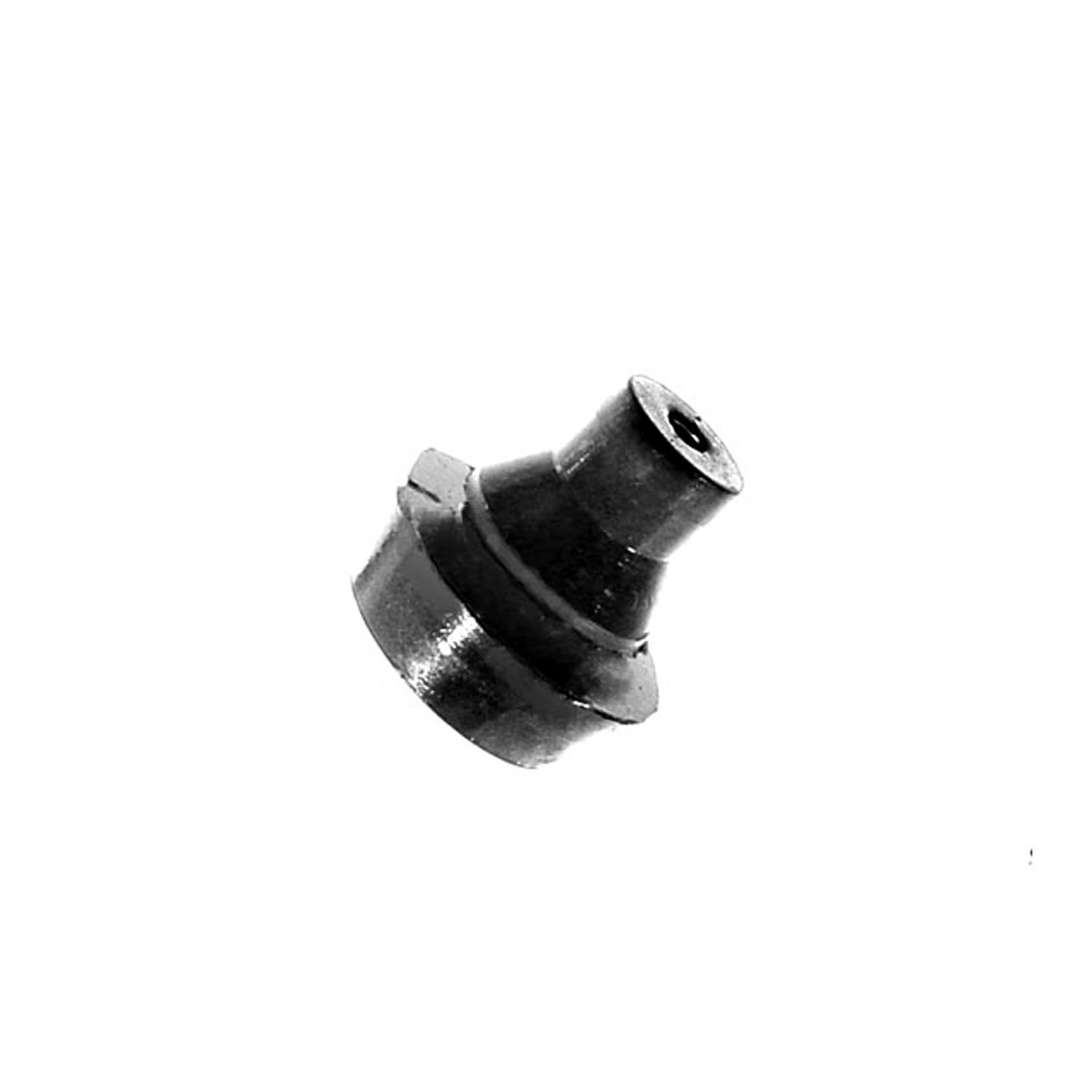 1970 Dodge Charger License Plate Bumper. Replaces OEM #2094618-SB 123License Plate Bumper. Replaces OEM #2094618. 5/8" high, 5/8" O.D. Each
1970 Dodge Charger License Plate Bumper. Replaces OEM #2094618-SB 123License Plate Bumper. Replaces OEM #2094618. 5/8" high, 5/8" O.D. Each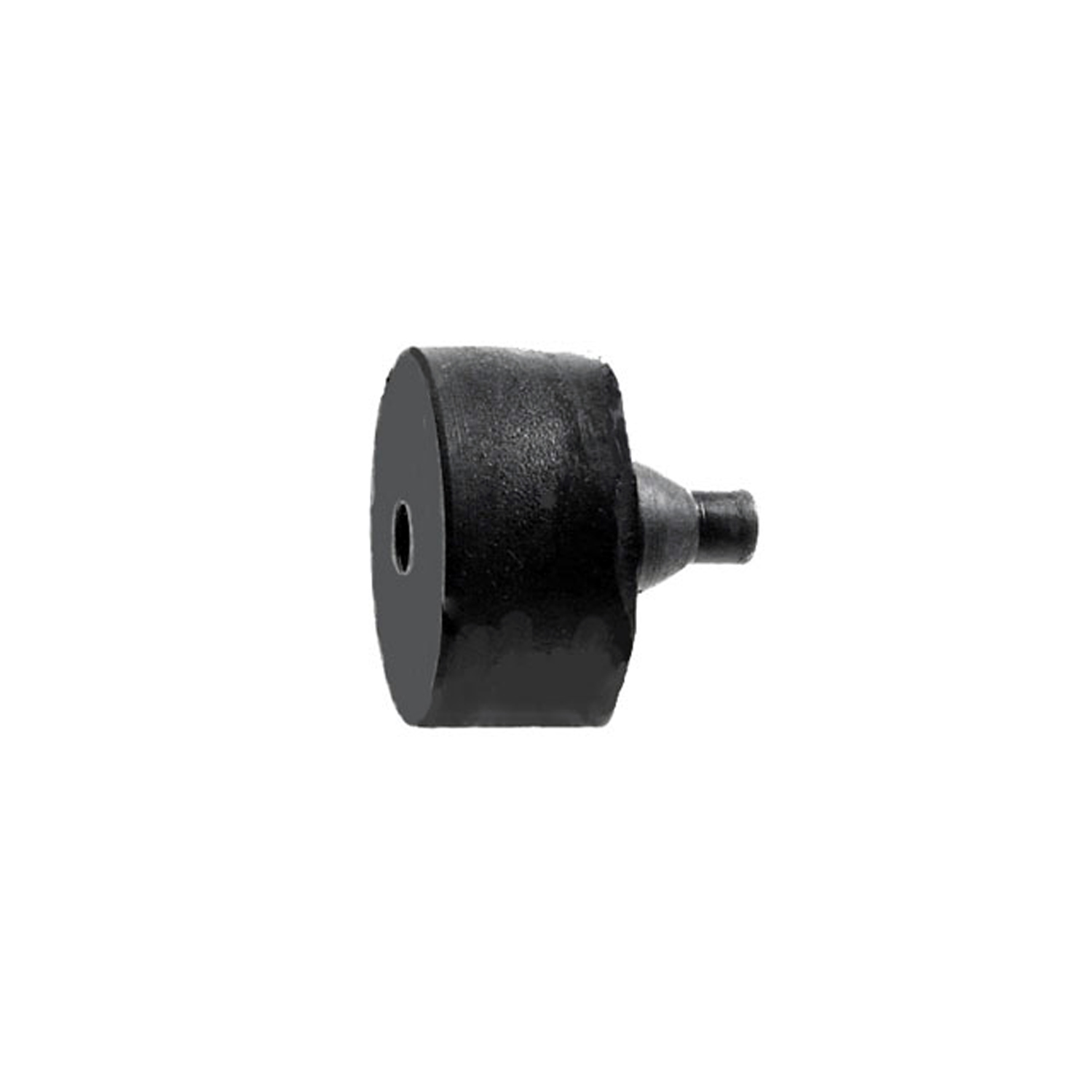 1970 Dodge Charger Hood and Trunk Bumper. Replaces OEM #2785714. Each-SB 124Hood and Trunk Bumper. Replaces OEM #2785714. Each
1970 Dodge Charger Hood and Trunk Bumper. Replaces OEM #2785714. Each-SB 124Hood and Trunk Bumper. Replaces OEM #2785714. Each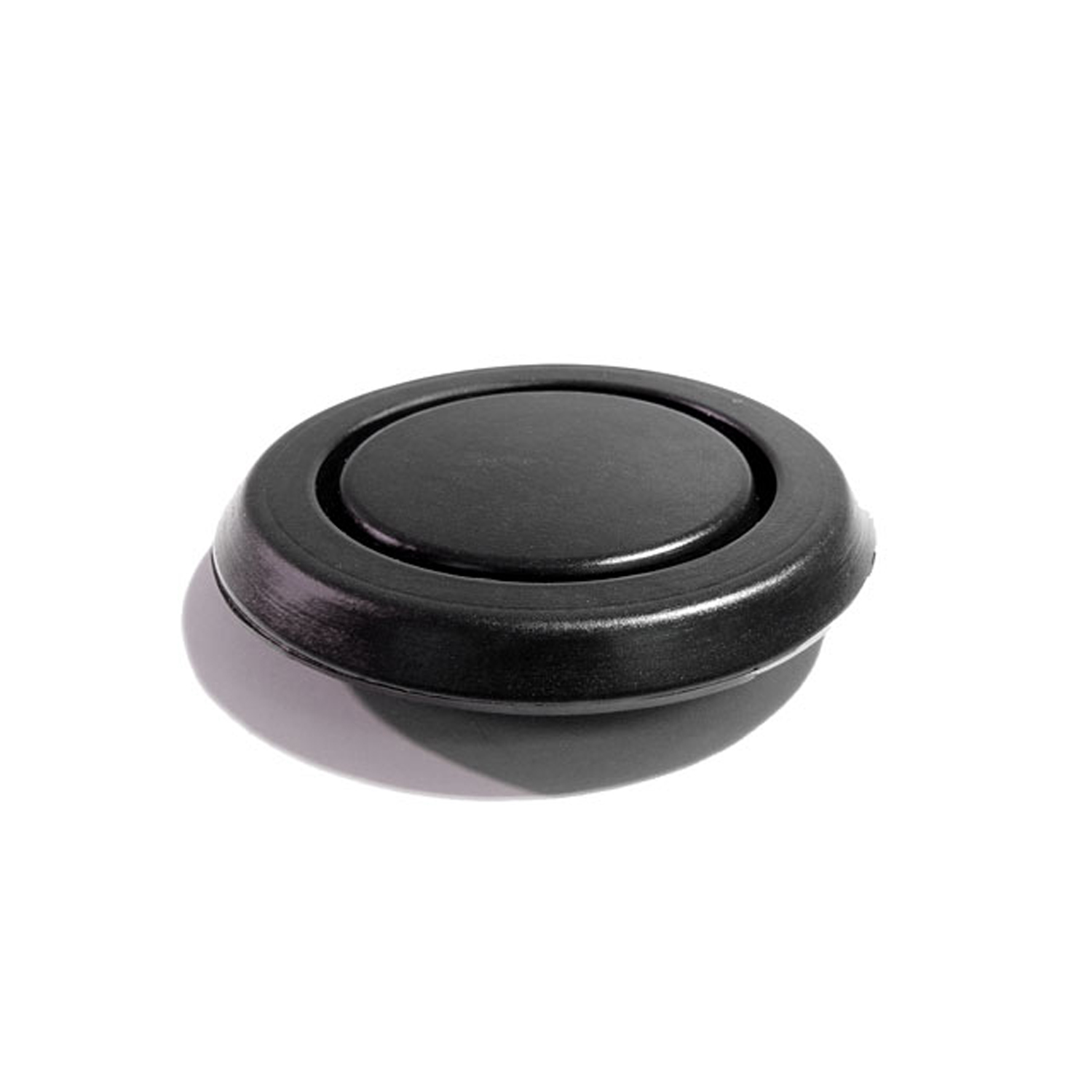 1970 Dodge Charger Trunk Floor Plug. 2-1/8" O.D. Fits 1-3/4" hole-SB 127Trunk Floor Plug. 2-1/8" O.D. Fits 1-3/4" hole. Replaces OEM #2189375. Each
1970 Dodge Charger Trunk Floor Plug. 2-1/8" O.D. Fits 1-3/4" hole-SB 127Trunk Floor Plug. 2-1/8" O.D. Fits 1-3/4" hole. Replaces OEM #2189375. Each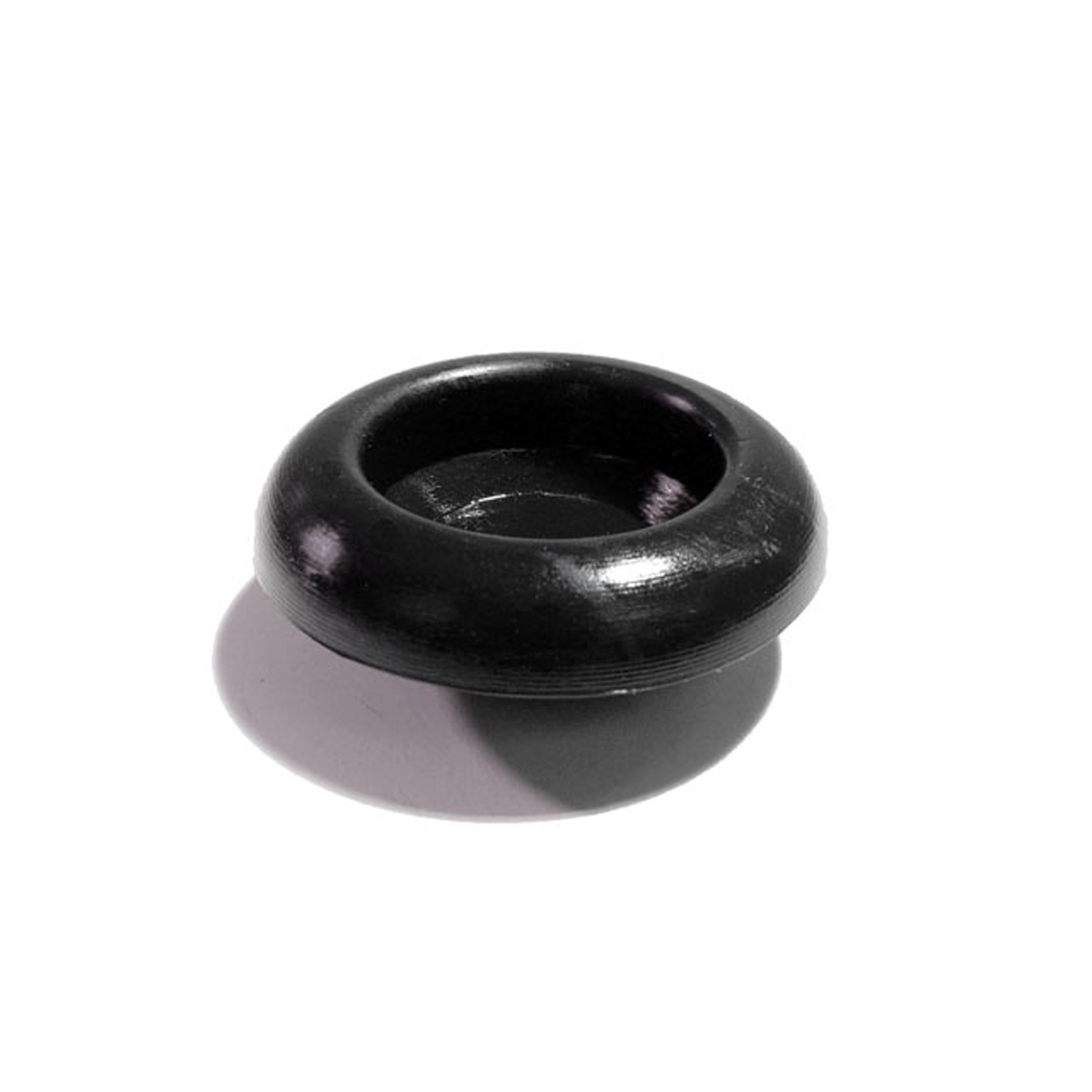 1970 Dodge Charger Trunk and Body Plug. Fits 1-1/8" hole. Each-SB 127-DTrunk and Body Plug. Fits 1-1/8" hole. Each
1970 Dodge Charger Trunk and Body Plug. Fits 1-1/8" hole. Each-SB 127-DTrunk and Body Plug. Fits 1-1/8" hole. Each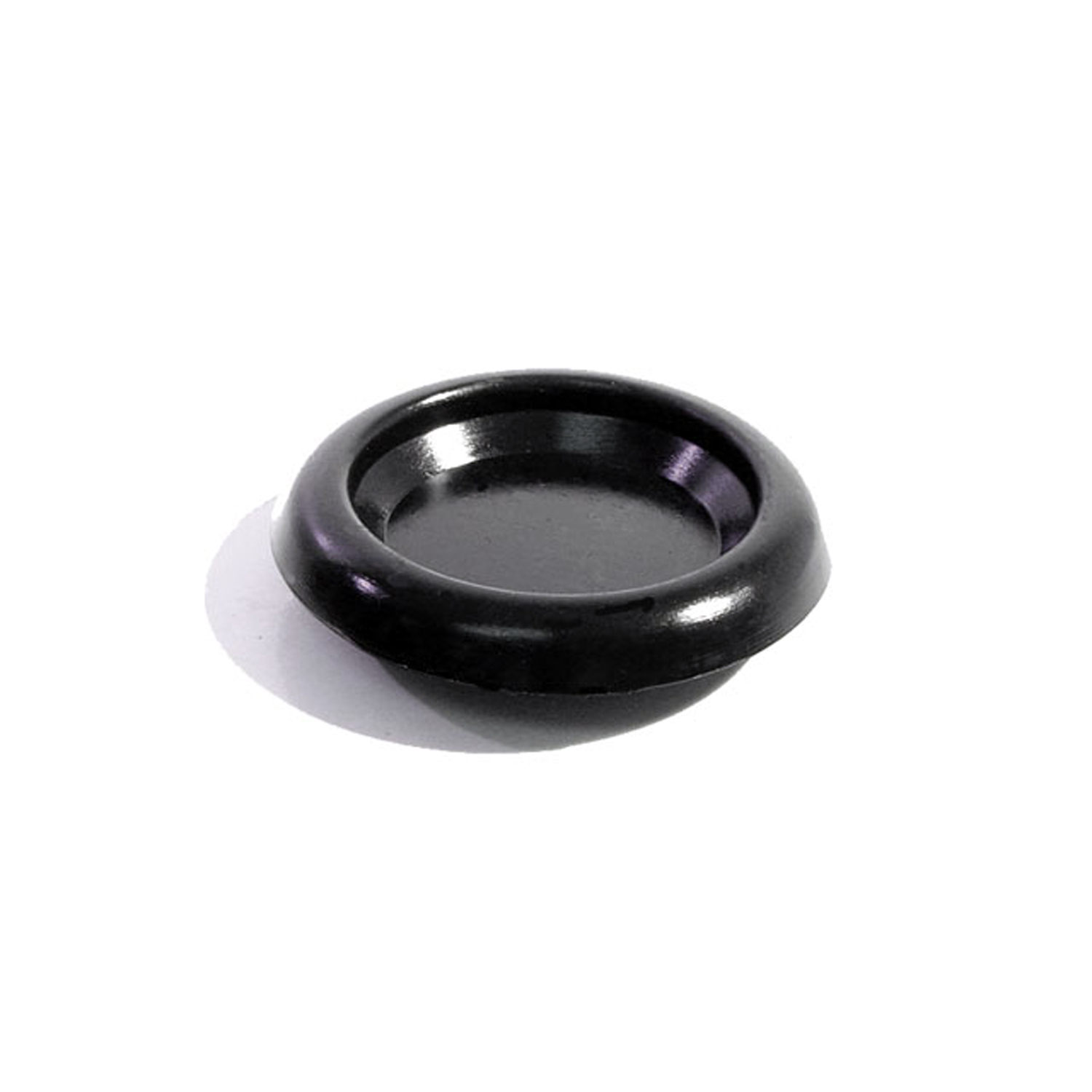 1970 Dodge Charger Trunk and Body Plug. Fits 1-15/16" hole. Each-SB 127-ETrunk and Body Plug. Fits 1-15/16" hole. Each
1970 Dodge Charger Trunk and Body Plug. Fits 1-15/16" hole. Each-SB 127-ETrunk and Body Plug. Fits 1-15/16" hole. Each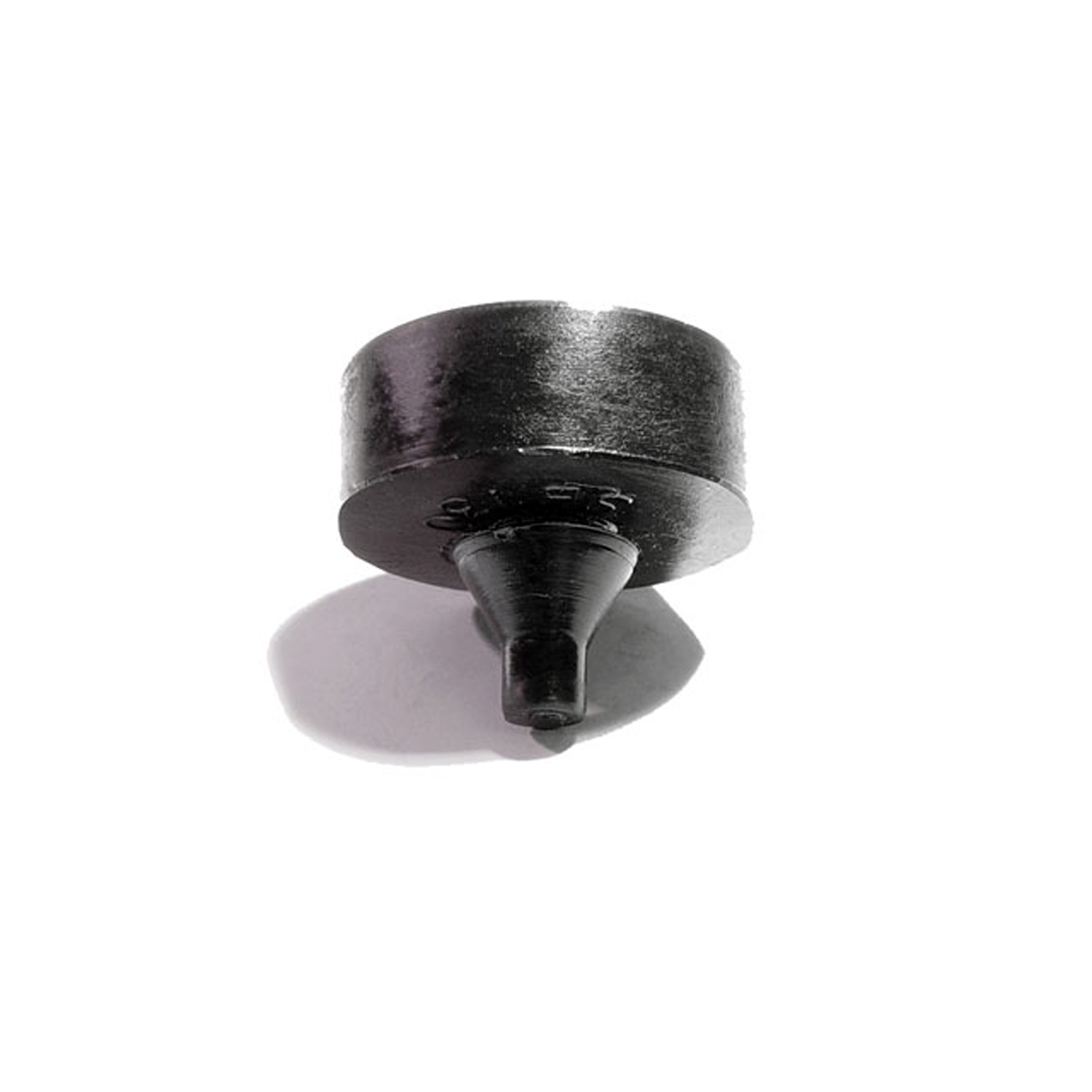 1970 Dodge Charger Hood and Trunk Bumper. Each-SB 130Hood and Trunk Bumper. Each
1970 Dodge Charger Hood and Trunk Bumper. Each-SB 130Hood and Trunk Bumper. Each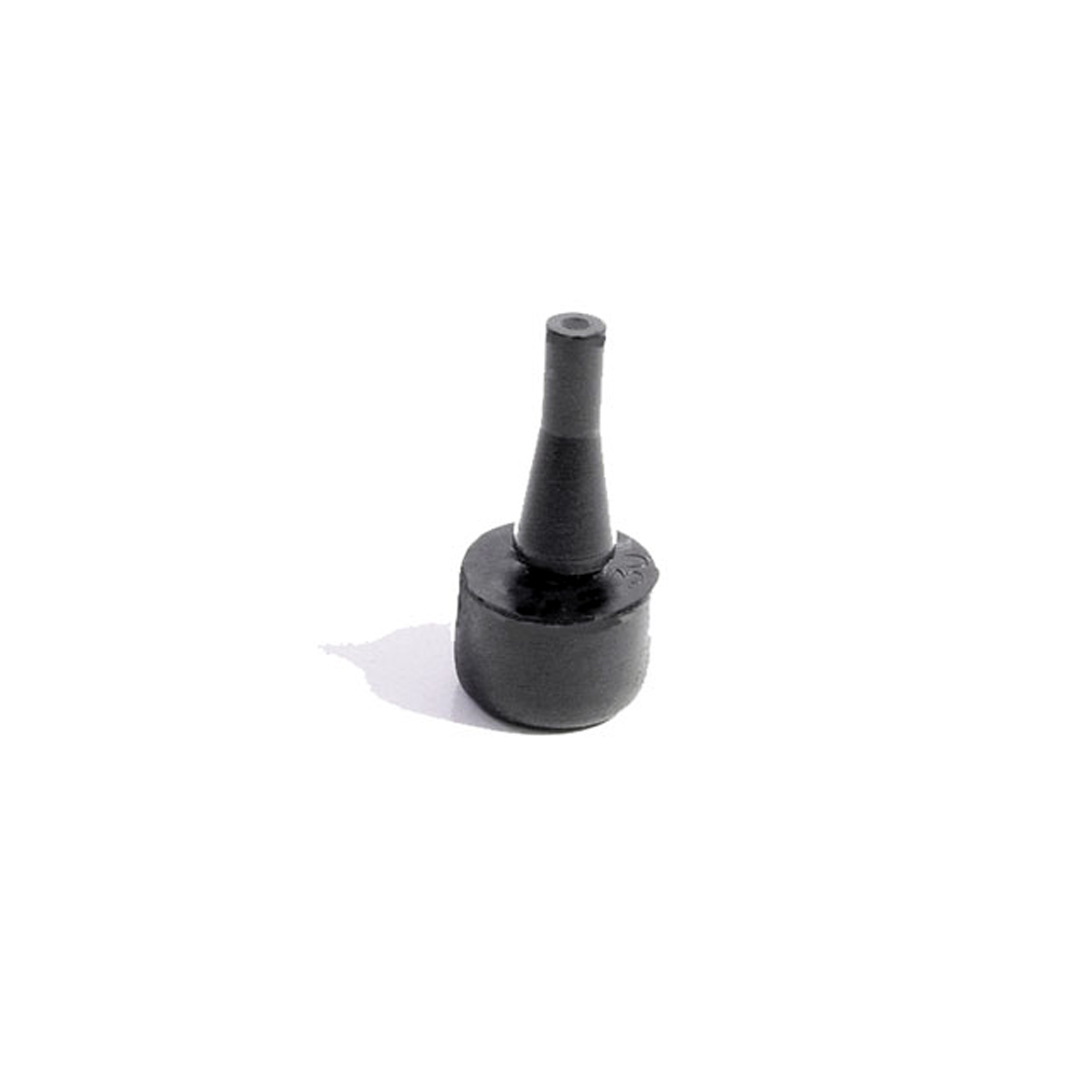 1970 Dodge Charger Rear Cowl Bumper. 5/8" O.D., 1" high. Each-SB 30-MRear Cowl Bumper. 5/8" O.D., 1" high. Each
1970 Dodge Charger Rear Cowl Bumper. 5/8" O.D., 1" high. Each-SB 30-MRear Cowl Bumper. 5/8" O.D., 1" high. Each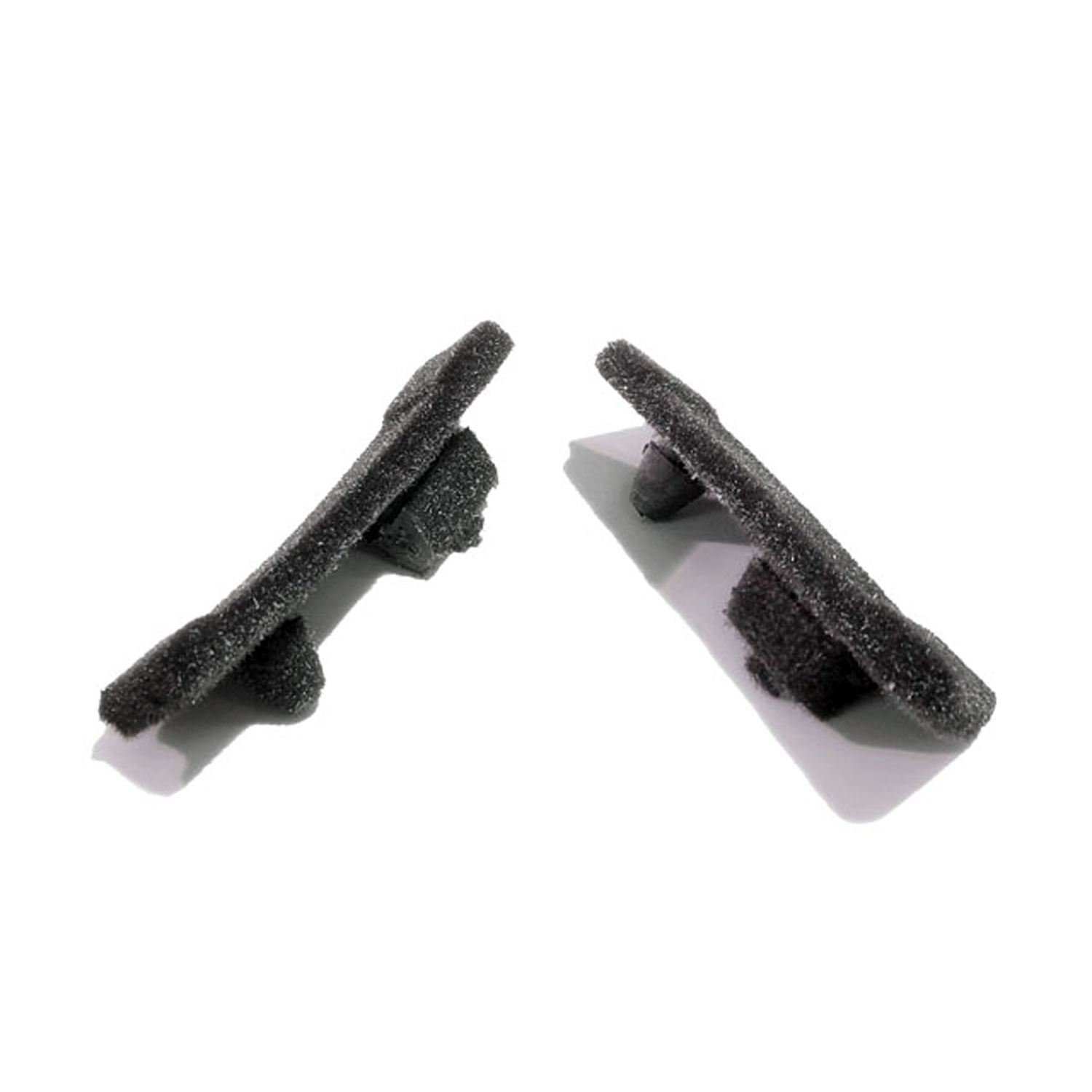 1970 Dodge Charger Door Window Weatherstrip Plug-SB 73-BDoor Window Weatherstrip Plug. Fits at the end of outer window wipe cat whiskers. Fuzzy outer side. Pair R&L
1970 Dodge Charger Door Window Weatherstrip Plug-SB 73-BDoor Window Weatherstrip Plug. Fits at the end of outer window wipe cat whiskers. Fuzzy outer side. Pair R&L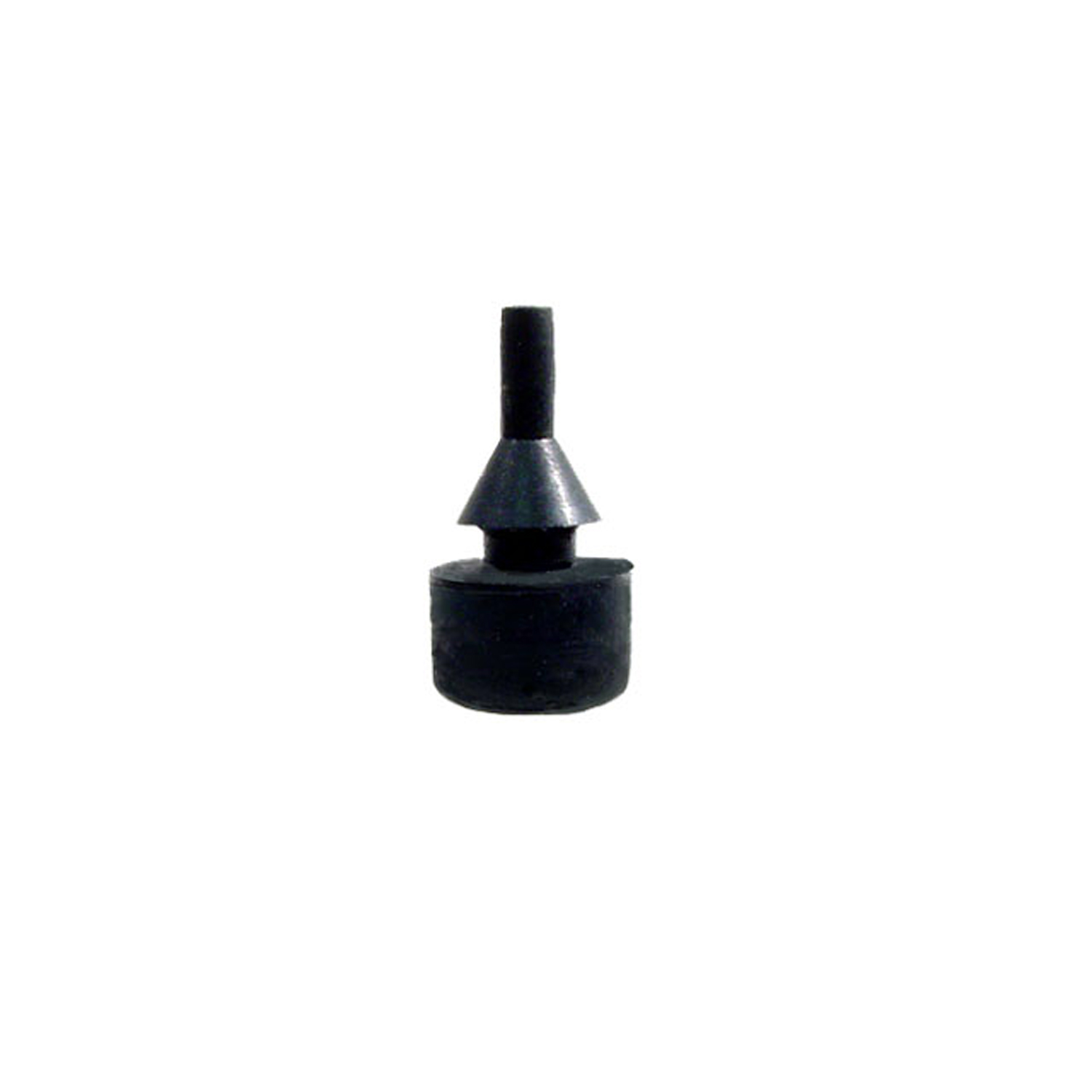 1970 Dodge Charger License Plate Bumper. 7/16" O.D., fits a 1/4" hole. Each-SB 86License Plate Bumper. 7/16" O.D., fits a 1/4" hole. Each
1970 Dodge Charger License Plate Bumper. 7/16" O.D., fits a 1/4" hole. Each-SB 86License Plate Bumper. 7/16" O.D., fits a 1/4" hole. Each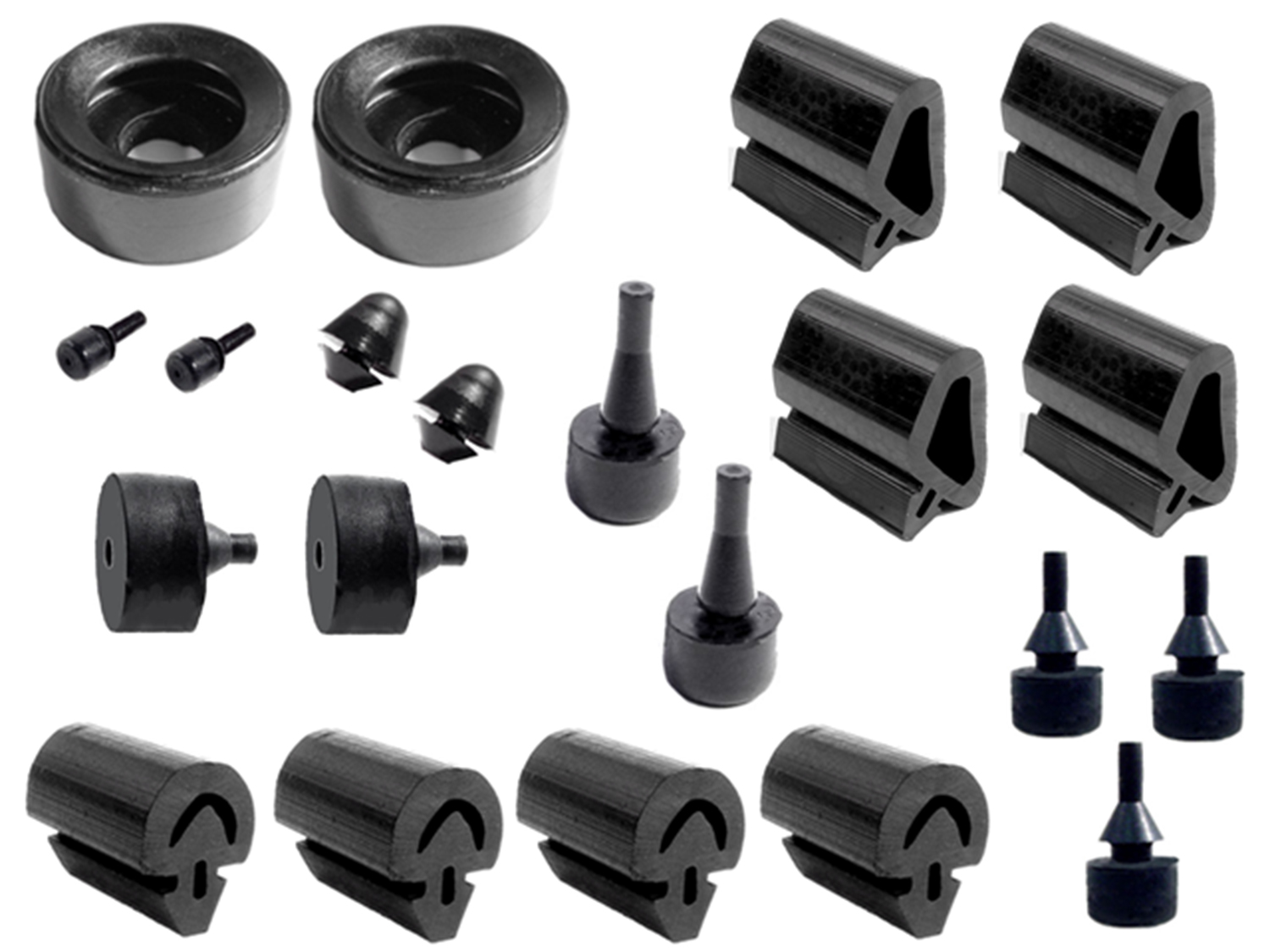 1970 Dodge Charger Snap-in-bumper kit-SBK 2323Snap-in-bumper kit. 18-piece set includes: (4) DB 50-M, (2) HA 8-A, (4) HF 19, (2) SB 120, (2) SB 121, (2) SB 124, (2) SB 30-M.
1970 Dodge Charger Snap-in-bumper kit-SBK 2323Snap-in-bumper kit. 18-piece set includes: (4) DB 50-M, (2) HA 8-A, (4) HF 19, (2) SB 120, (2) SB 121, (2) SB 124, (2) SB 30-M.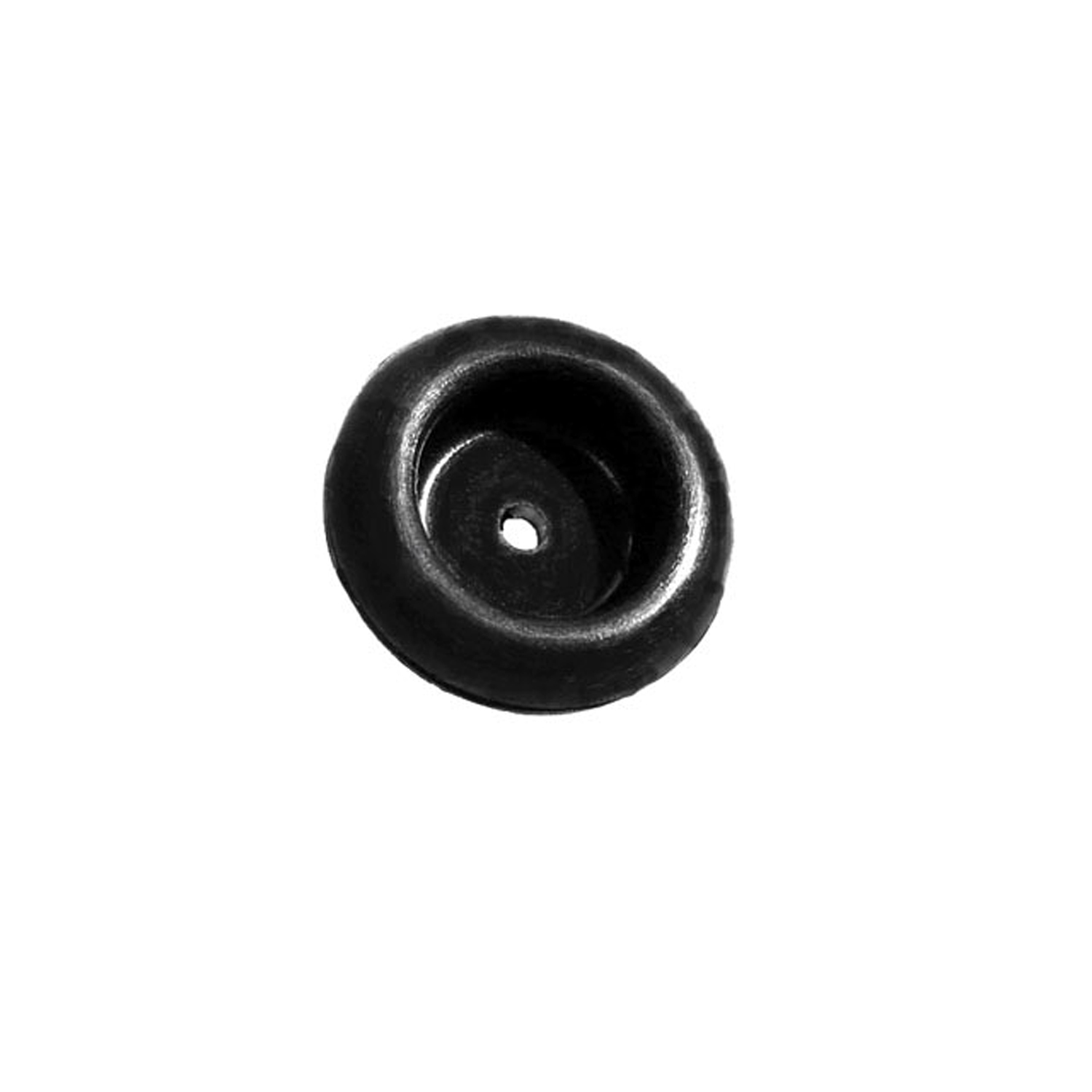 1970 Dodge Charger Floor Panel Wire Grommet. Fits 3/4" hole. Each-SM 49Floor Panel Wire Grommet. Fits 3/4" hole. Each
1970 Dodge Charger Floor Panel Wire Grommet. Fits 3/4" hole. Each-SM 49Floor Panel Wire Grommet. Fits 3/4" hole. Each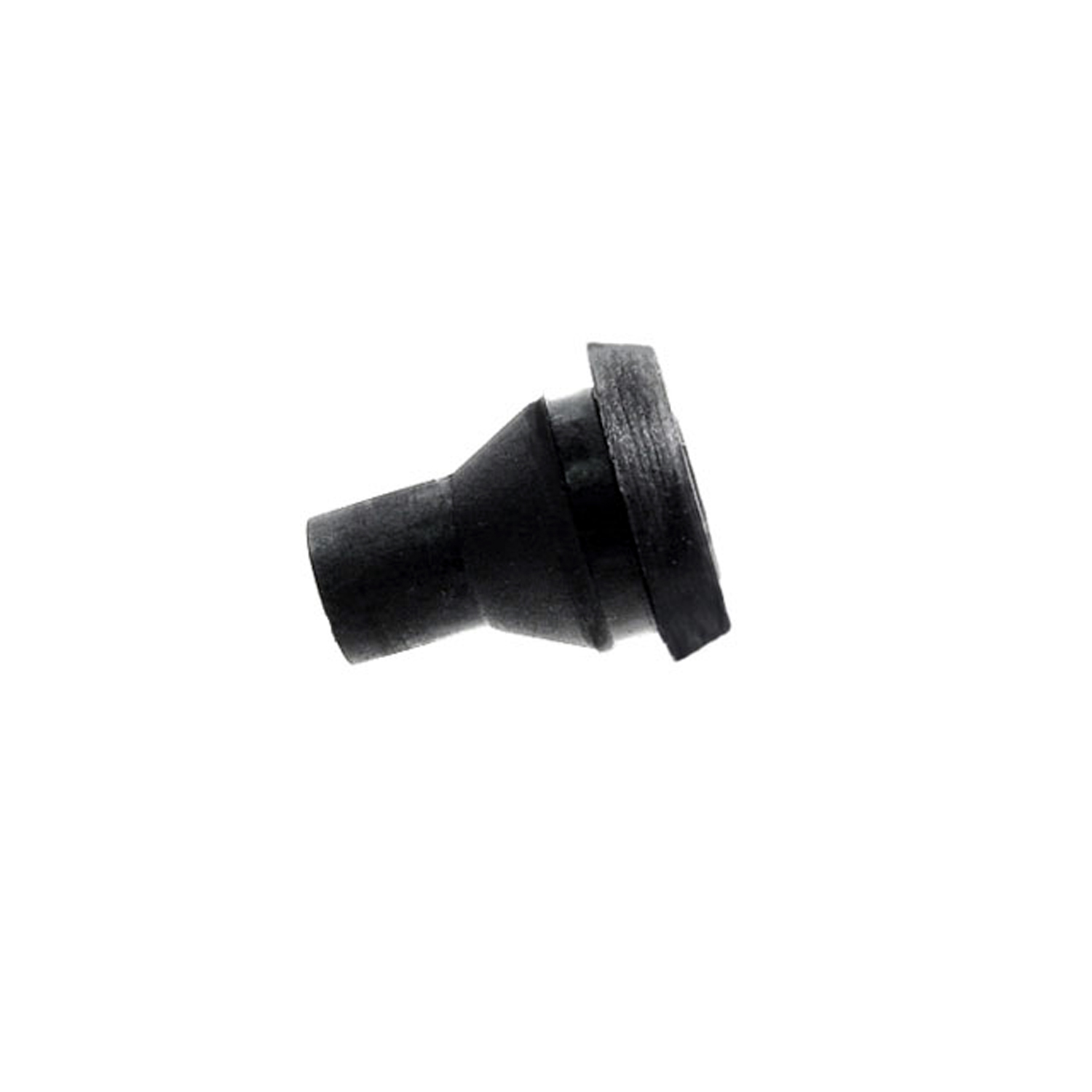 1970 Dodge Charger License Light Wire Grommet. Each-SM 72License Light Wire Grommet. Each
1970 Dodge Charger License Light Wire Grommet. Each-SM 72License Light Wire Grommet. Each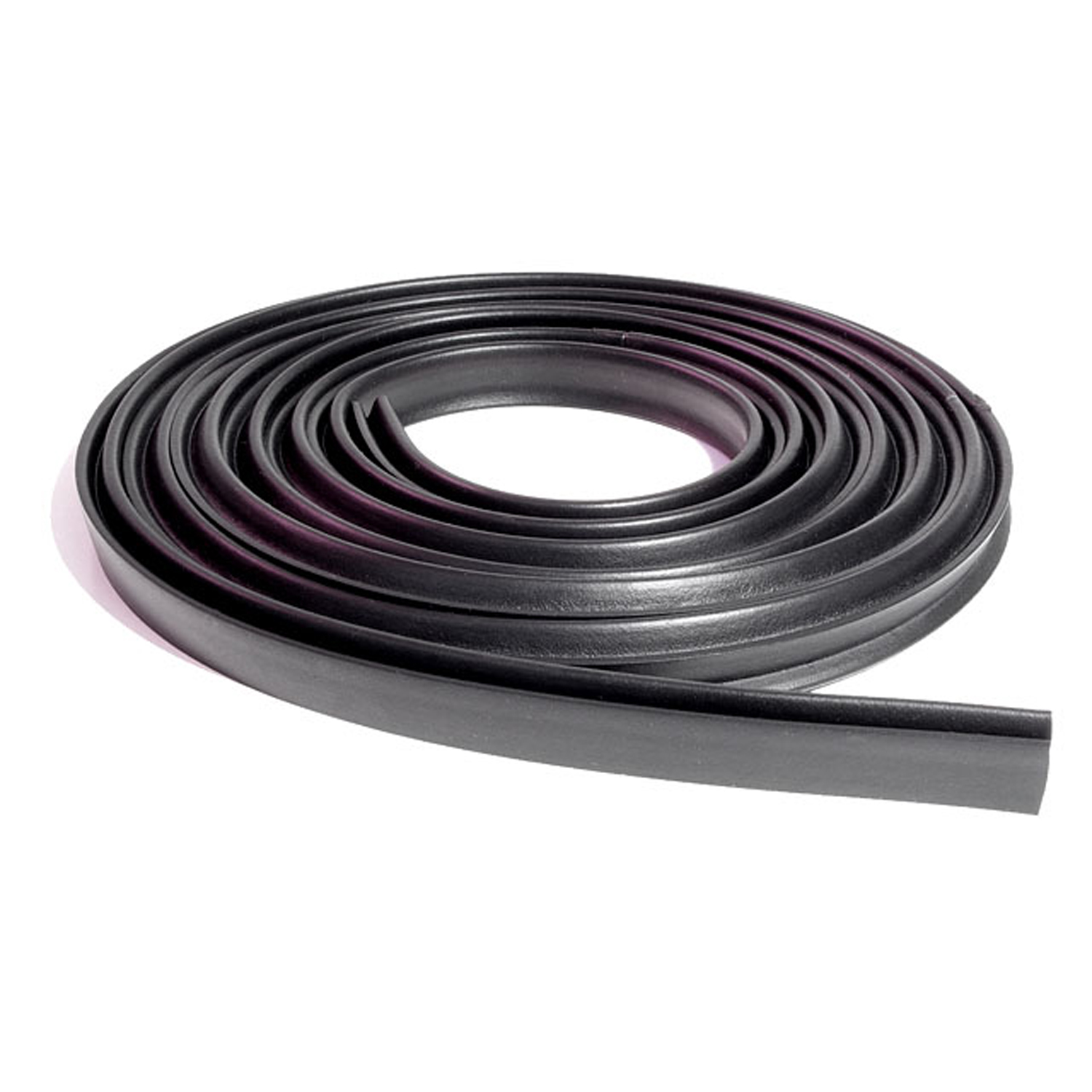 1970 Dodge Charger Trunk Seal, for R/T Hardtop. Each-TK 2320Trunk Seal, for R/T Hardtop. Each
1970 Dodge Charger Trunk Seal, for R/T Hardtop. Each-TK 2320Trunk Seal, for R/T Hardtop. Each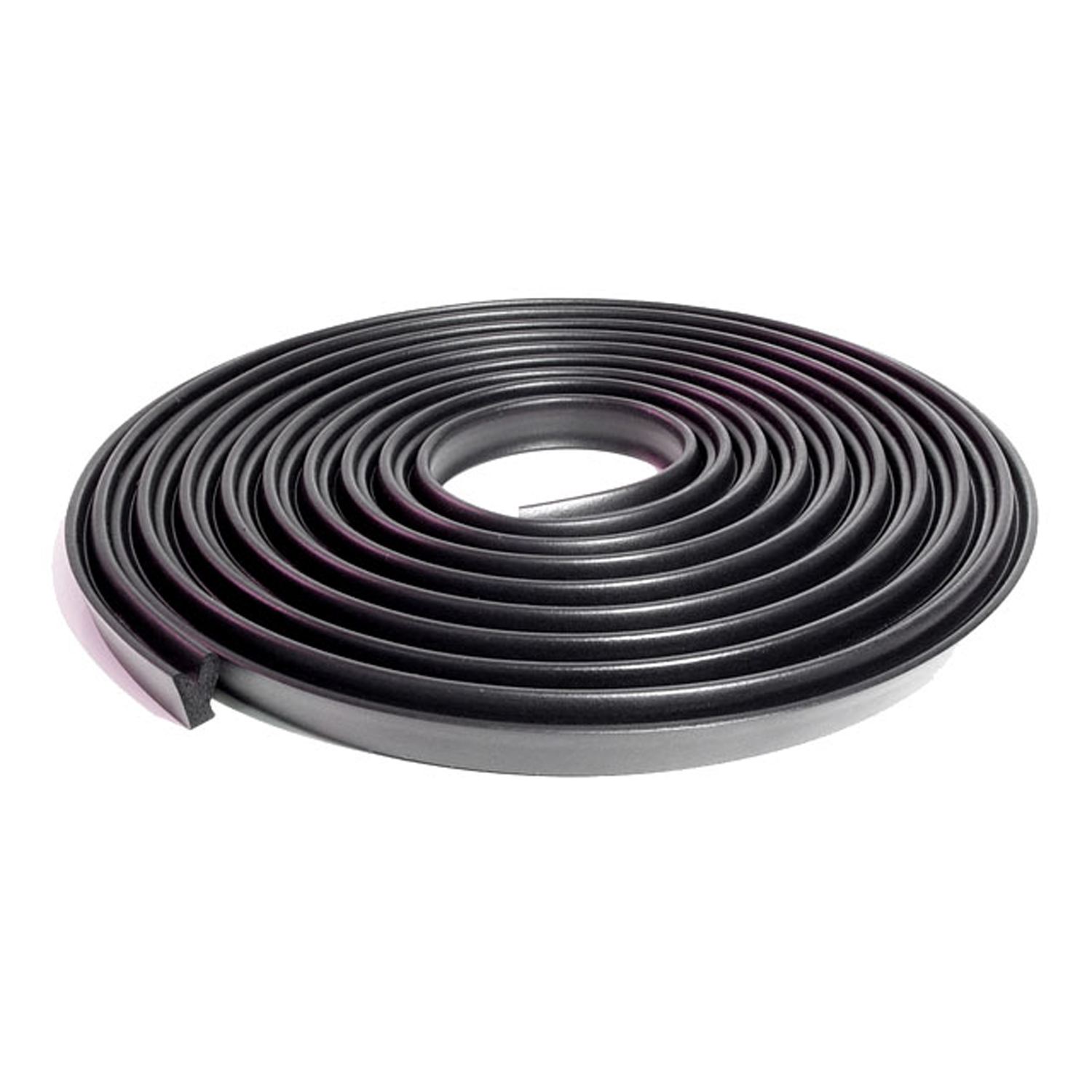 1970 Dodge Charger Trunk Seal-TK 64-A/18Trunk Seal. For cars with flat (not D-shaped) trunk seal end profile. Each
1970 Dodge Charger Trunk Seal-TK 64-A/18Trunk Seal. For cars with flat (not D-shaped) trunk seal end profile. Each 1970 Dodge Charger Trunk Mat-TM 2709Trunk Mat. High quality reproduction, made specific for vehicle. Print on rubber. Each
1970 Dodge Charger Trunk Mat-TM 2709Trunk Mat. High quality reproduction, made specific for vehicle. Print on rubber. Each 1970 Dodge Charger Trunk Mat-TM 2710Trunk Mat. High quality reproduction, made specific for vehicle. Print on rubber. Each
1970 Dodge Charger Trunk Mat-TM 2710Trunk Mat. High quality reproduction, made specific for vehicle. Print on rubber. Each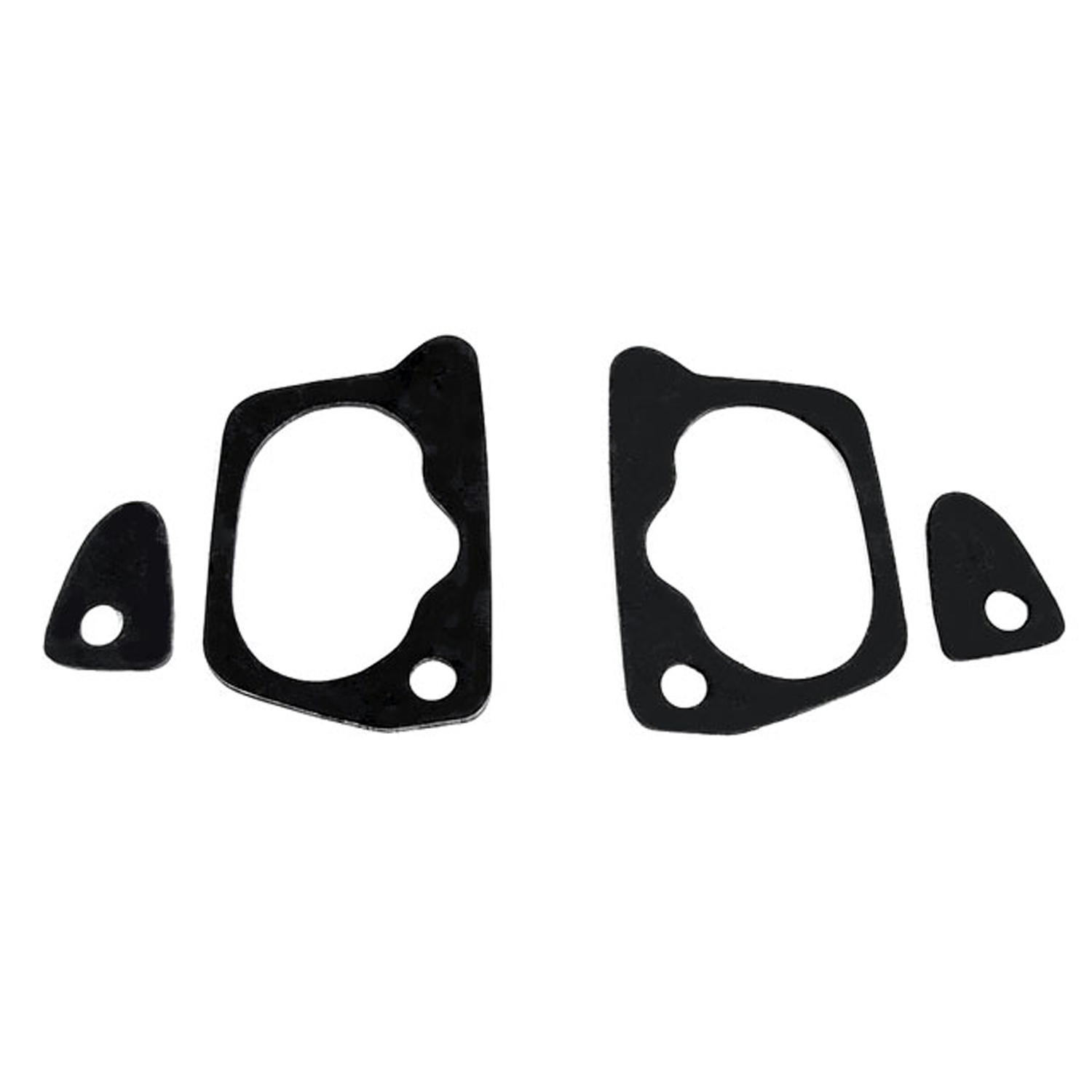 1970 Dodge Charger Unbeaded Door Handle Mounting Pads. Set of 4-UM 2700-100Unbeaded Door Handle Mounting Pads. Set of 4
1970 Dodge Charger Unbeaded Door Handle Mounting Pads. Set of 4-UM 2700-100Unbeaded Door Handle Mounting Pads. Set of 4 1970 Dodge Charger Nylon Lock Cylinder Gasket. 1-1/4" O.D., 7/8" I.D. Each-UM 2700-104Nylon Lock Cylinder Gasket. 1-1/4" O.D., 7/8" I.D. Each
1970 Dodge Charger Nylon Lock Cylinder Gasket. 1-1/4" O.D., 7/8" I.D. Each-UM 2700-104Nylon Lock Cylinder Gasket. 1-1/4" O.D., 7/8" I.D. Each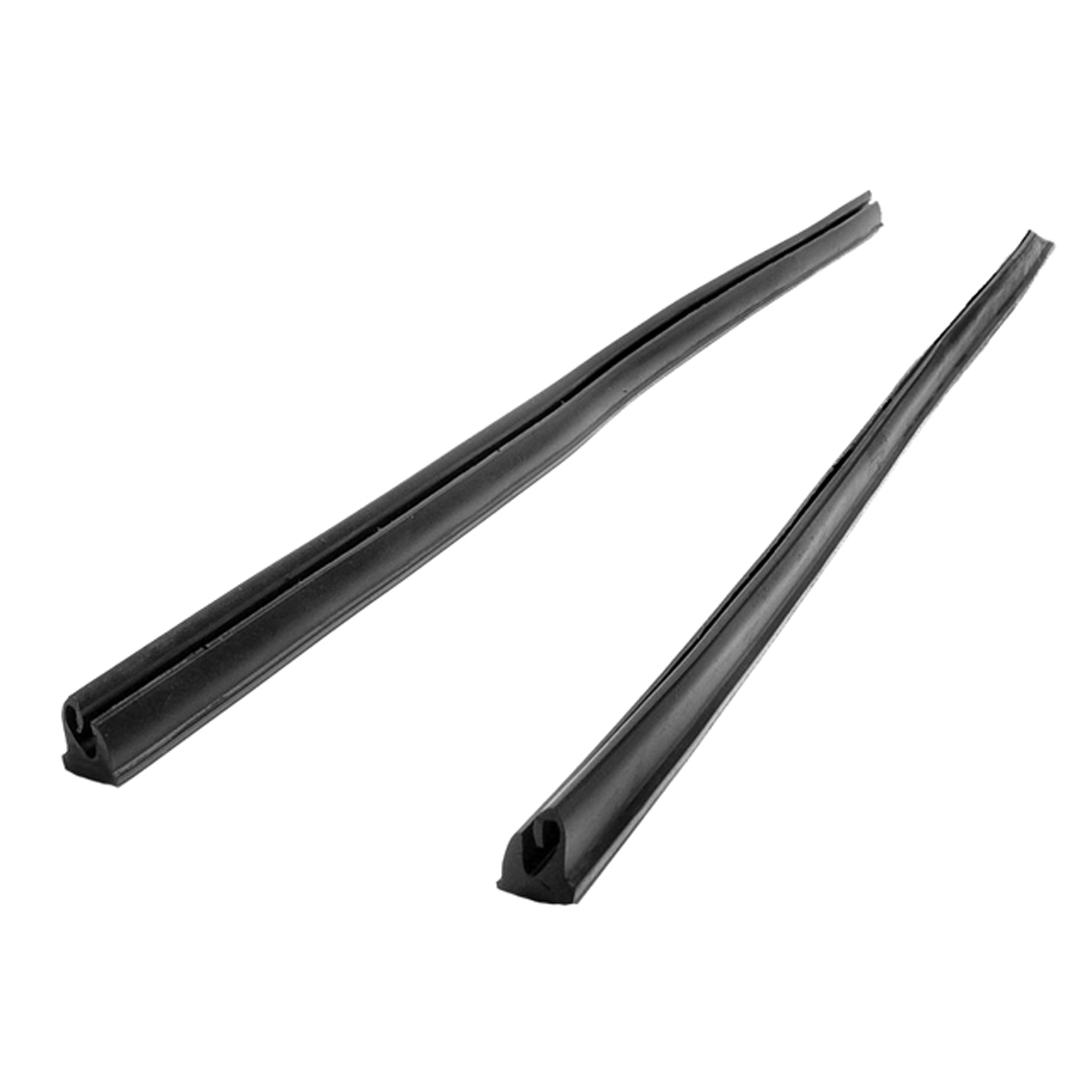 1970 Dodge Charger Rear Roll-Up Quarter Window Seals, for 2-Door Hardtops-VS 7-ERear Roll-Up Quarter Window Seals, for 2-Door Hardtops. Replaces OEM #2811623/622. Pair
1970 Dodge Charger Rear Roll-Up Quarter Window Seals, for 2-Door Hardtops-VS 7-ERear Roll-Up Quarter Window Seals, for 2-Door Hardtops. Replaces OEM #2811623/622. Pair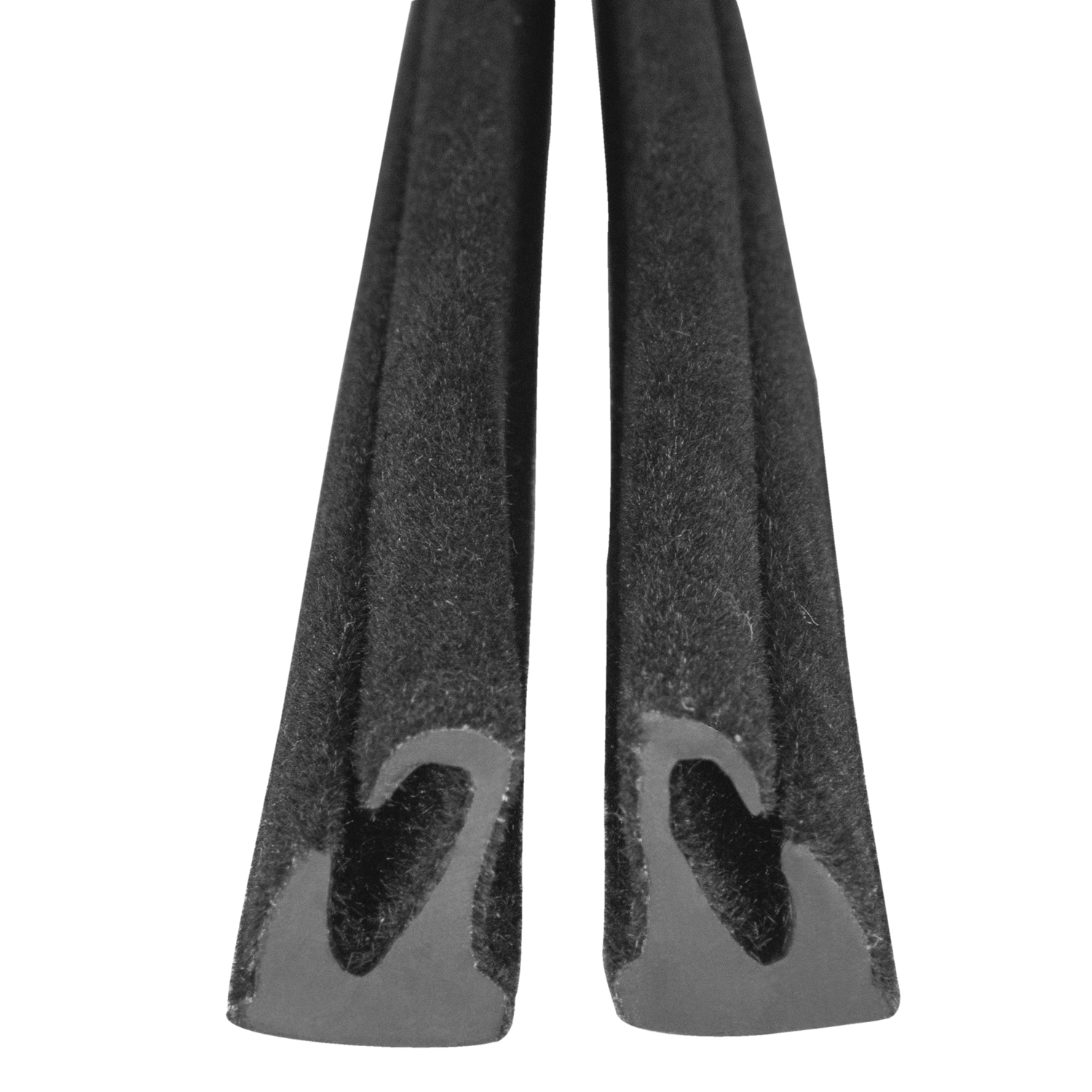 1970 Dodge Charger Quarter window seals. Rear roll-up, flocked channels-VS 7-E/FLQuarter window seals. Rear roll-up, flocked channels. Fits '64-'66 Dart 270 GT hardtops, '64-'66 Barracuda, '68-'70 Charger and Coronet, '69-'70 Roadrunner and more. for 2-Door Hardtops. Pair. R&L.
1970 Dodge Charger Quarter window seals. Rear roll-up, flocked channels-VS 7-E/FLQuarter window seals. Rear roll-up, flocked channels. Fits '64-'66 Dart 270 GT hardtops, '64-'66 Barracuda, '68-'70 Charger and Coronet, '69-'70 Roadrunner and more. for 2-Door Hardtops. Pair. R&L.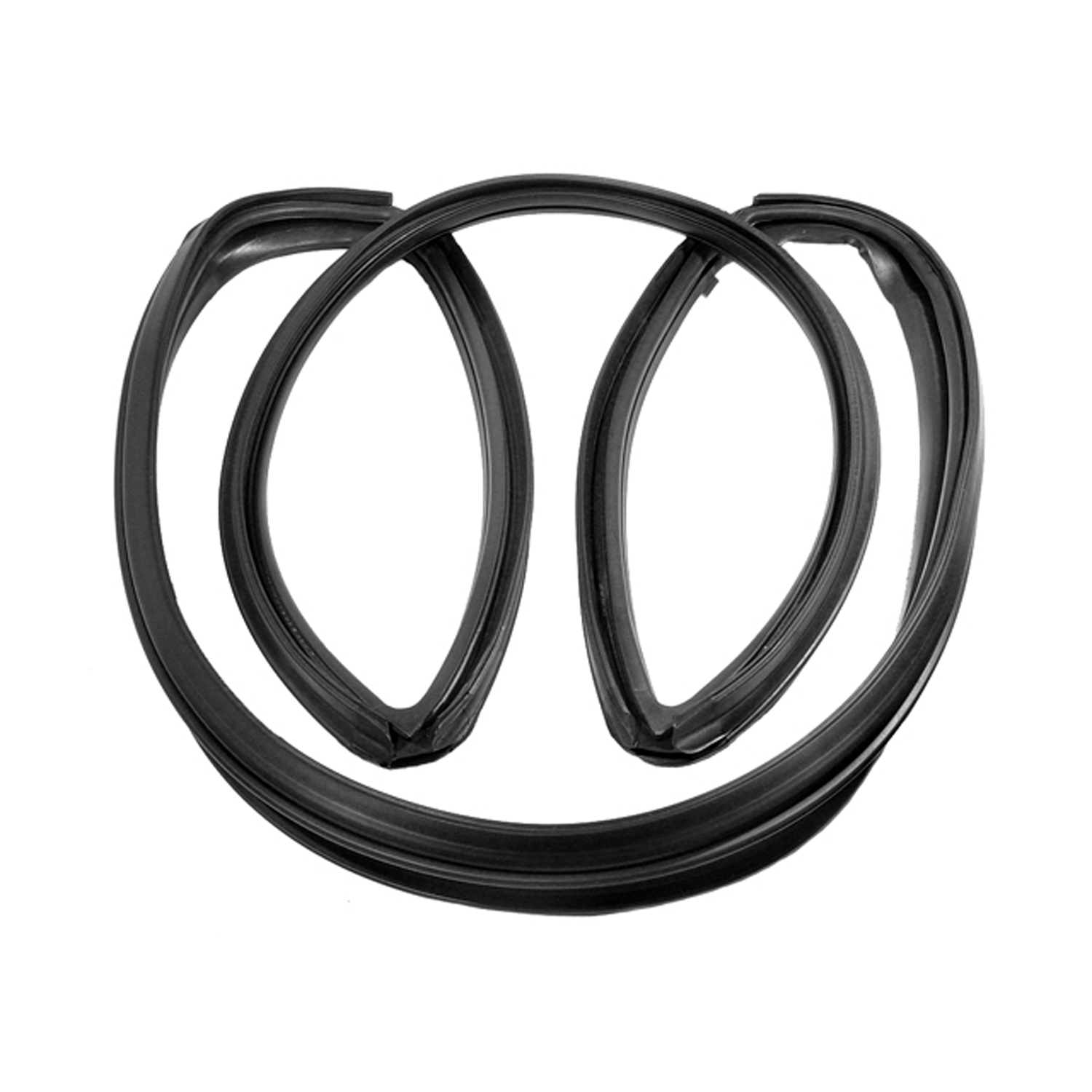 1970 Dodge Charger Vulcanized Windshield Seal. Fits 2-door sedans and hardtops-VWS 2701Vulcanized Windshield Seal. Fits 2-door sedans and hardtops. Each
1970 Dodge Charger Vulcanized Windshield Seal. Fits 2-door sedans and hardtops-VWS 2701Vulcanized Windshield Seal. Fits 2-door sedans and hardtops. Each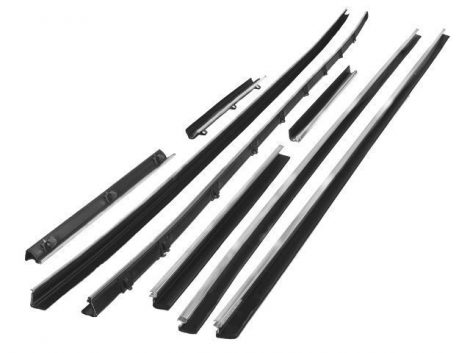 1970 Dodge Charger Window Sweeper Kit Fits 68-70 Charger 2 Door Hardtop 8 Piece kit-WC 2300-23This eight (8) piece set includes inner and outer window sweeps for each side and quarter window. Window sweeps go horizontally across the top of the doors and quarter windows and touch the inside and outside of the glass. These sweeps keep the windows from rattling and wipe the glass as it is rolled up and down.
1970 Dodge Charger Window Sweeper Kit Fits 68-70 Charger 2 Door Hardtop 8 Piece kit-WC 2300-23This eight (8) piece set includes inner and outer window sweeps for each side and quarter window. Window sweeps go horizontally across the top of the doors and quarter windows and touch the inside and outside of the glass. These sweeps keep the windows from rattling and wipe the glass as it is rolled up and down.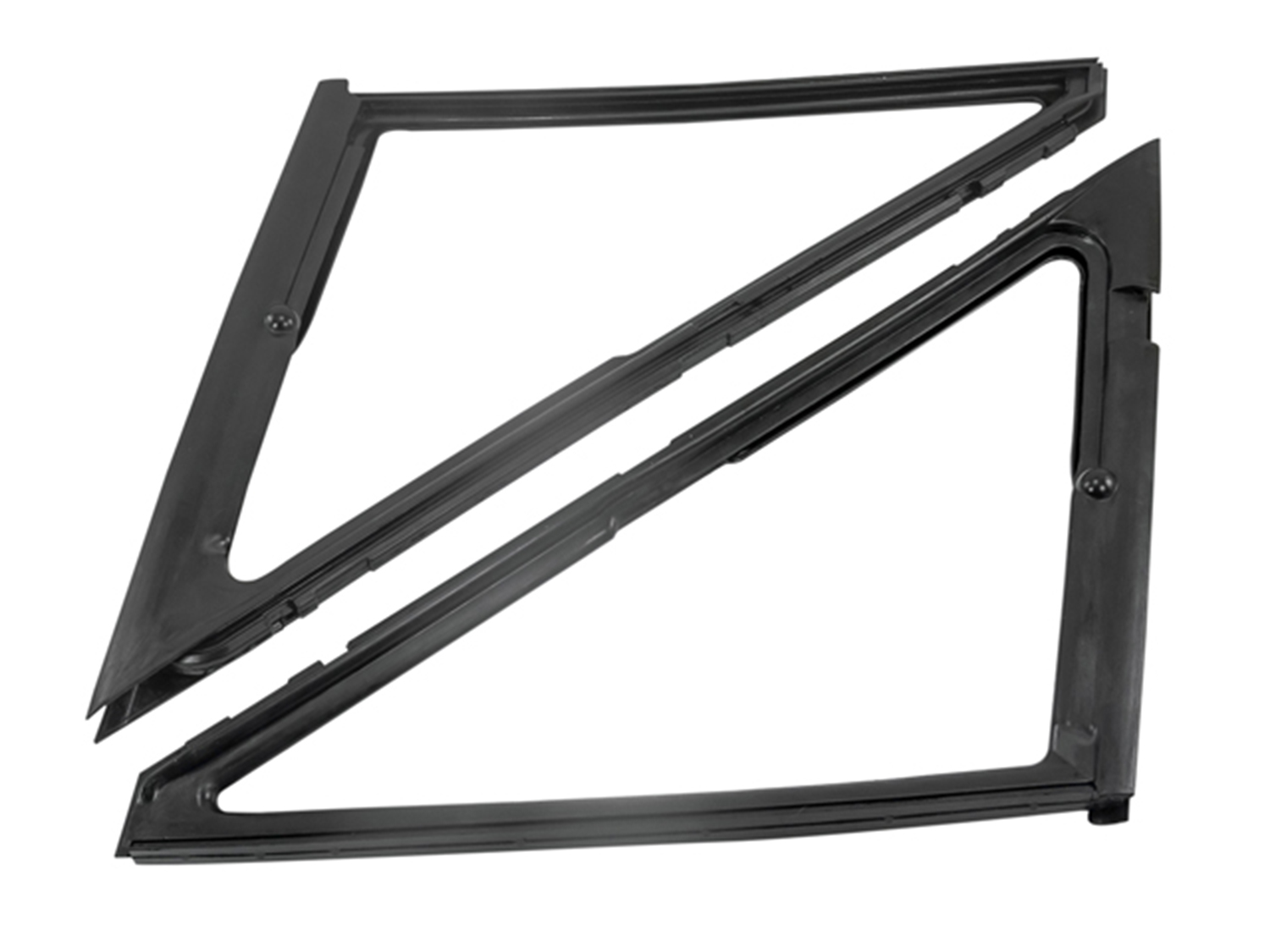 1970 Dodge Charger Vent window seals-WR 2308Vent window seals. '68-'70 Dodge-Plymouth B-body 2-door hardtop and coupes with pillar-post and swing-out quarter-windows. Completely retooled for improved fit and function. Replaces OEM#'s 2811306/07. Pair. R&L.
1970 Dodge Charger Vent window seals-WR 2308Vent window seals. '68-'70 Dodge-Plymouth B-body 2-door hardtop and coupes with pillar-post and swing-out quarter-windows. Completely retooled for improved fit and function. Replaces OEM#'s 2811306/07. Pair. R&L.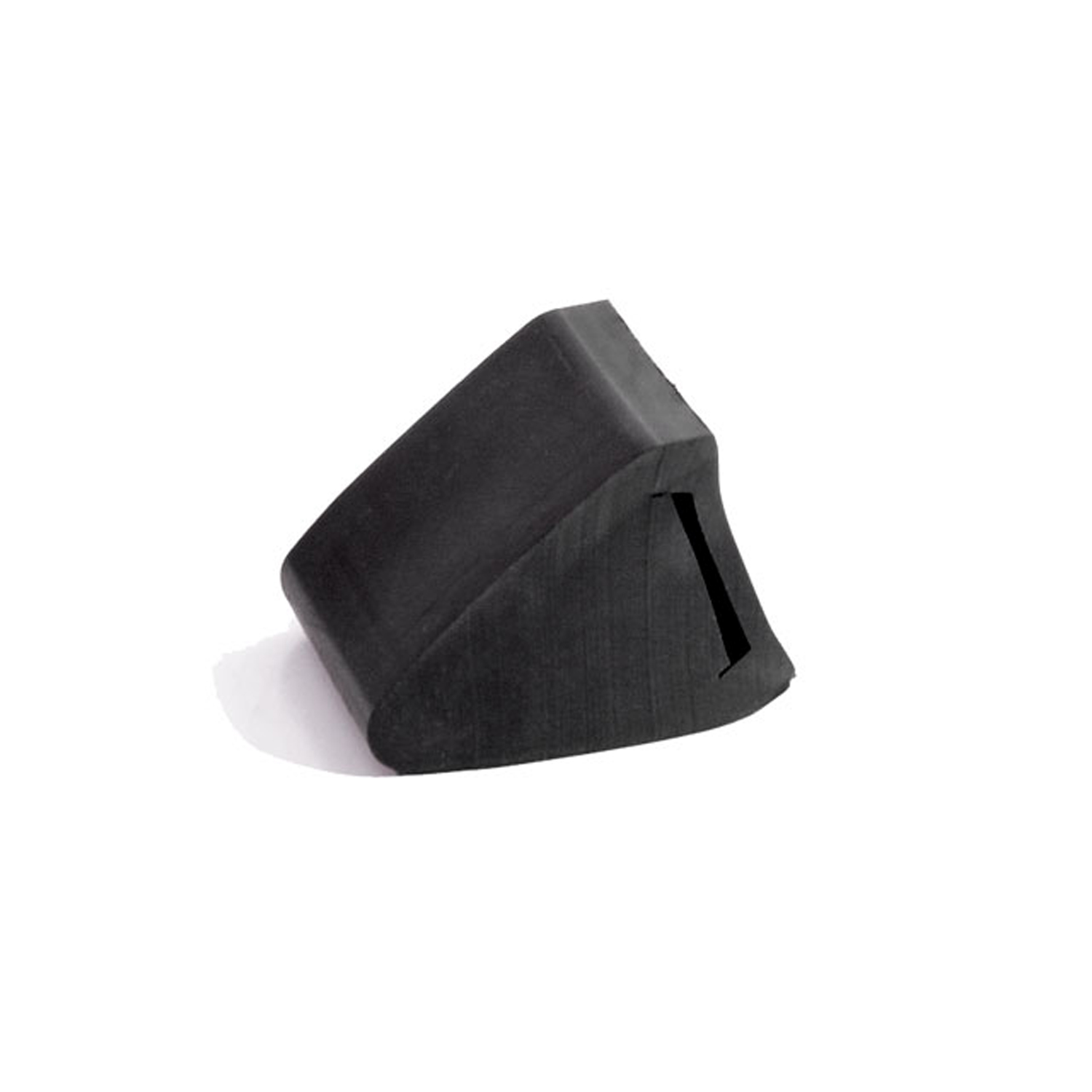 1970 Dodge Charger Suspension bumper. '62-up Mopar A-, B- and C-body-XB 1Suspension bumper. '62-up Mopar A-, B- and C-body. Fits over the rear axle. Each.
1970 Dodge Charger Suspension bumper. '62-up Mopar A-, B- and C-body-XB 1Suspension bumper. '62-up Mopar A-, B- and C-body. Fits over the rear axle. Each.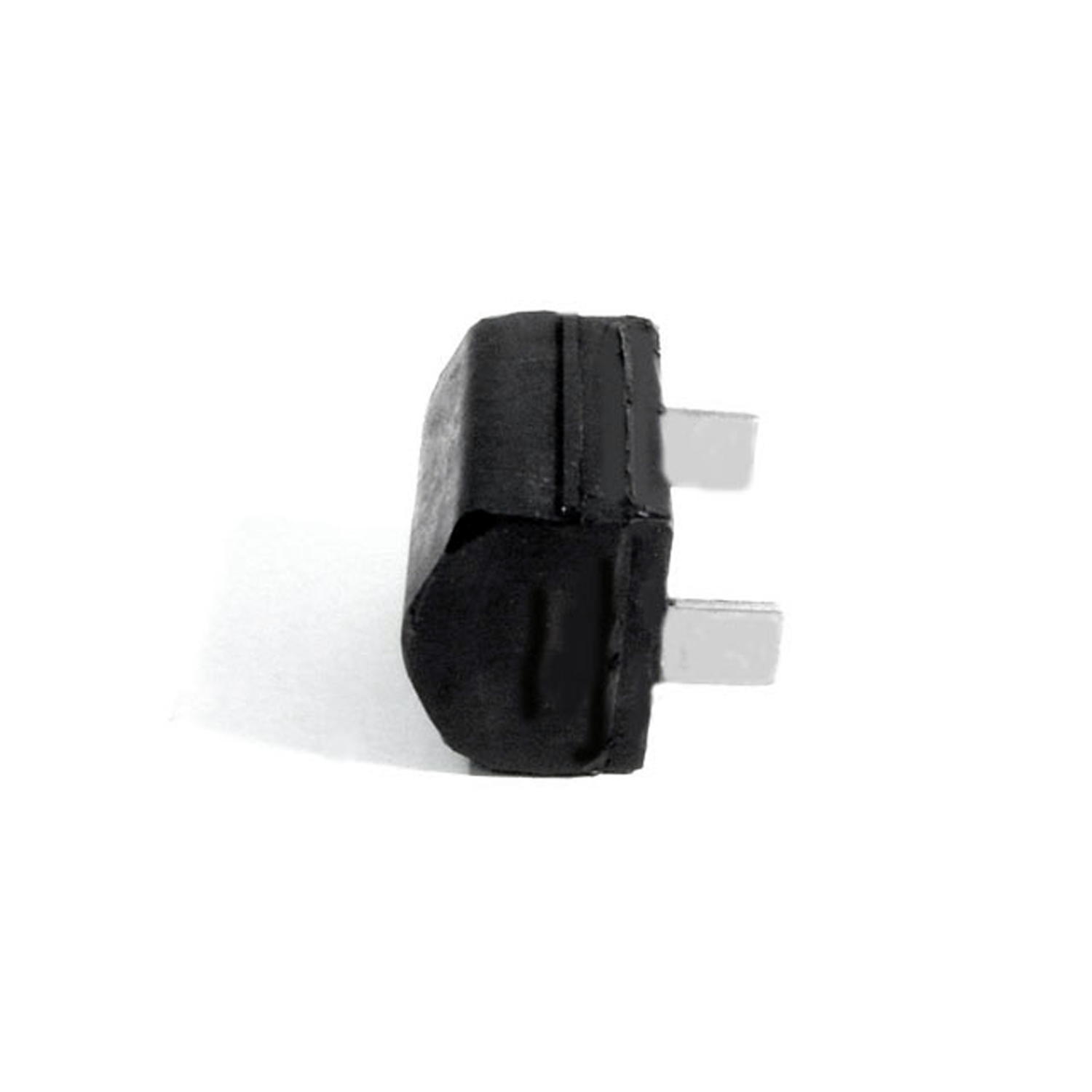 1970 Dodge Charger Rear Axle Pinion Snubber. Each-XB 80Rear Axle Pinion Snubber. Each
1970 Dodge Charger Rear Axle Pinion Snubber. Each-XB 80Rear Axle Pinion Snubber. Each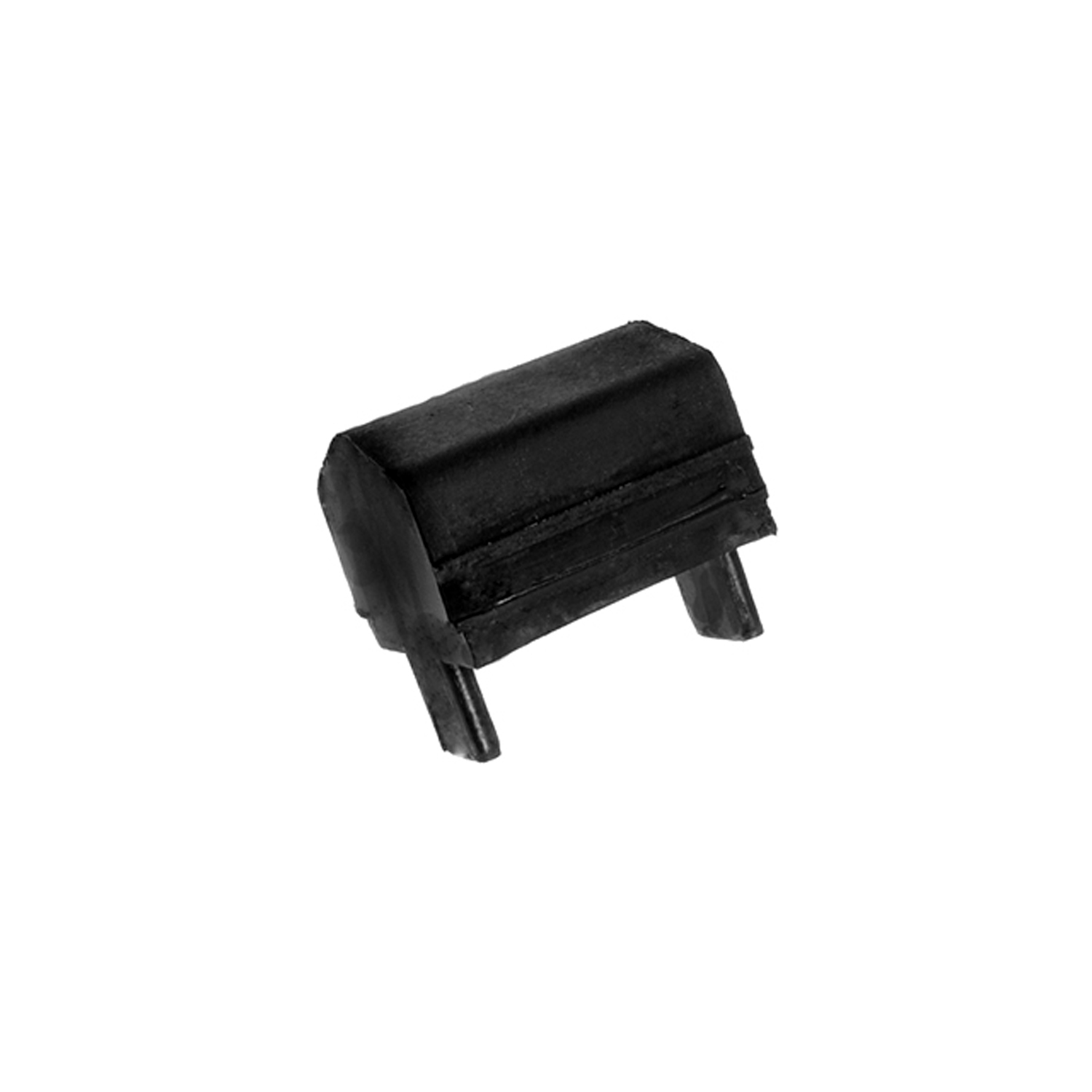 1970 Dodge Charger Rear Axle Pinion Snubber. Each-XB 80-ARear Axle Pinion Snubber. Each
1970 Dodge Charger Rear Axle Pinion Snubber. Each-XB 80-ARear Axle Pinion Snubber. EachWhy Choose Metro?
For over 100 years, Metro Moulded Parts has been the pinnacle of quality in classic car restoration parts. Our commitment to precision and authenticity in every component ensures a perfect fit and an OEM-level appearance.
- Expert Craftsmanship & Quality: Each part is a testament to our dedication to reliability and perfection, crafted from original designs and thoroughly tested.
- Advanced Technology: We use cutting-edge techniques to create flawless, long-lasting parts that surpass others in performance.
- SuperSoft Sponge – The Ultimate Door Seal: Not only are our door seals 30% softer than competitors', but they're also guaranteed to never leak. They effectively reduce wind and road noise, enhancing your classic car's comfort and driving experience.
- Proudly American: Our parts are a product of American craftsmanship, made in the USA with a spirit of excellence and heritage.
- Unrivaled Warranty: We back our products with a 30-year industry-leading warranty, a testament to our confidence in their quality.
Join us in preserving the legacy of classic cars with parts that are crafted for perfection, not just made.

